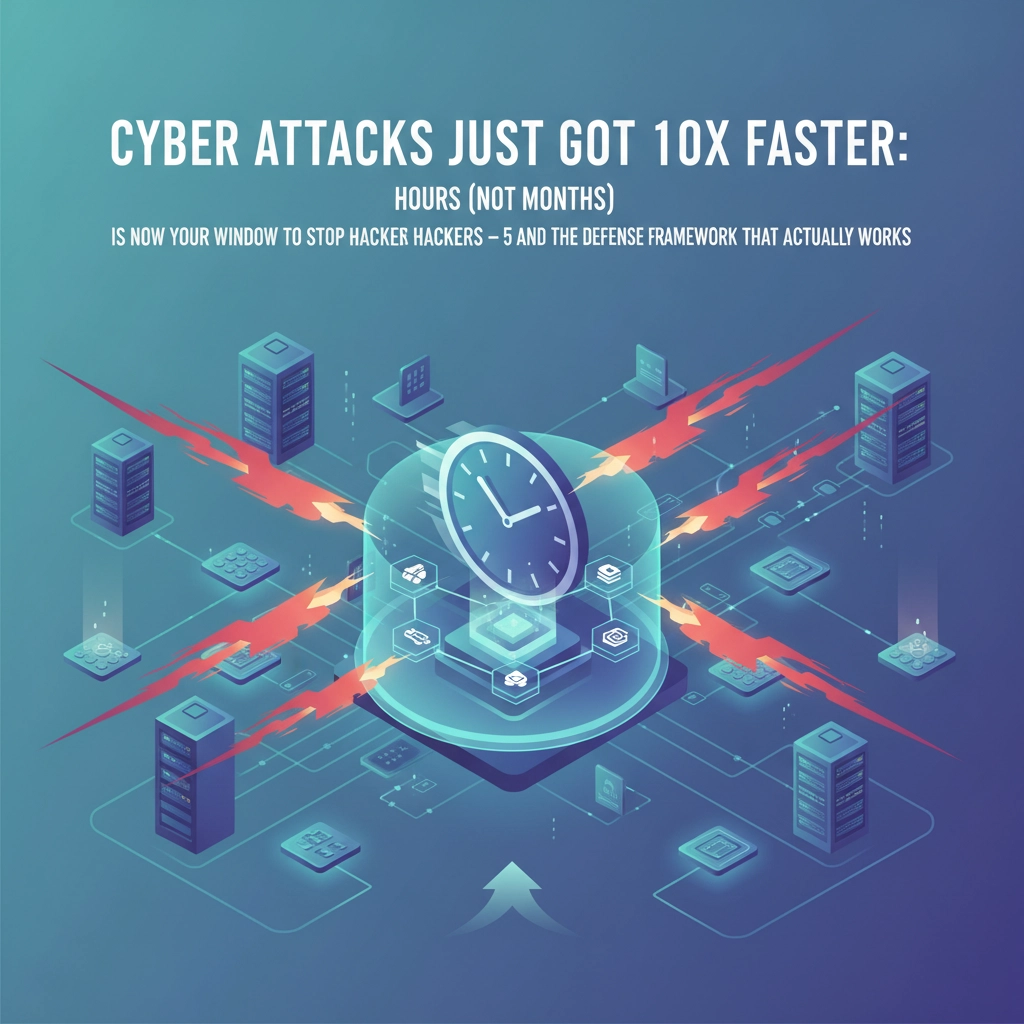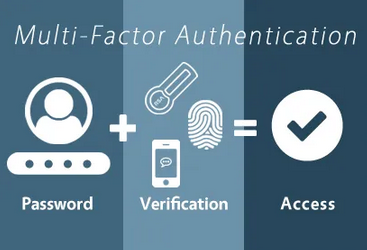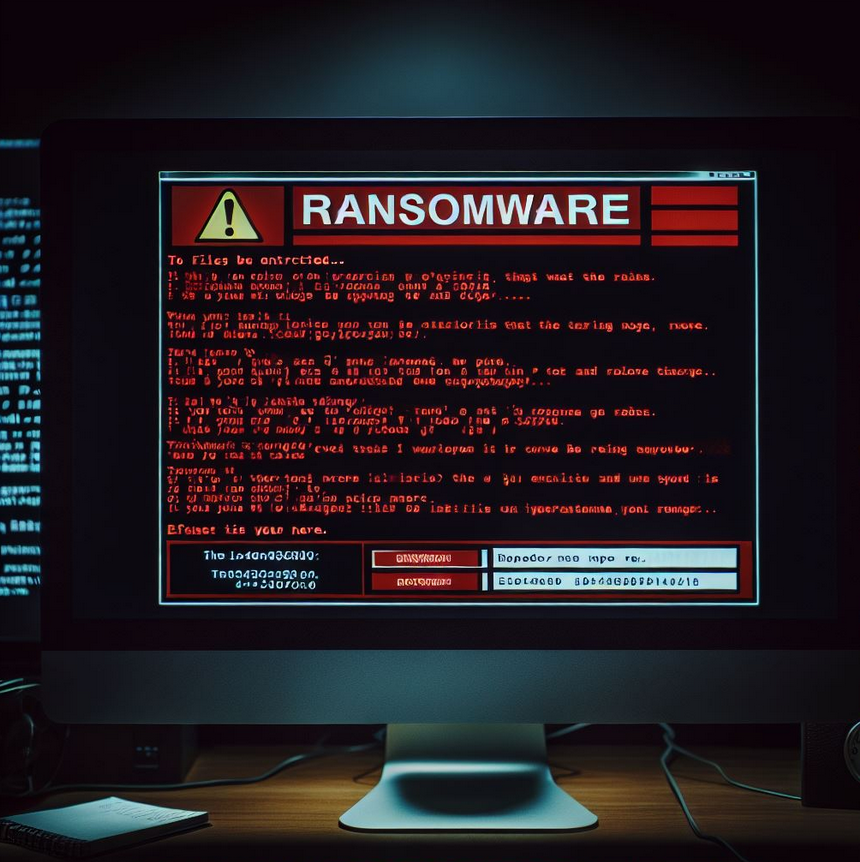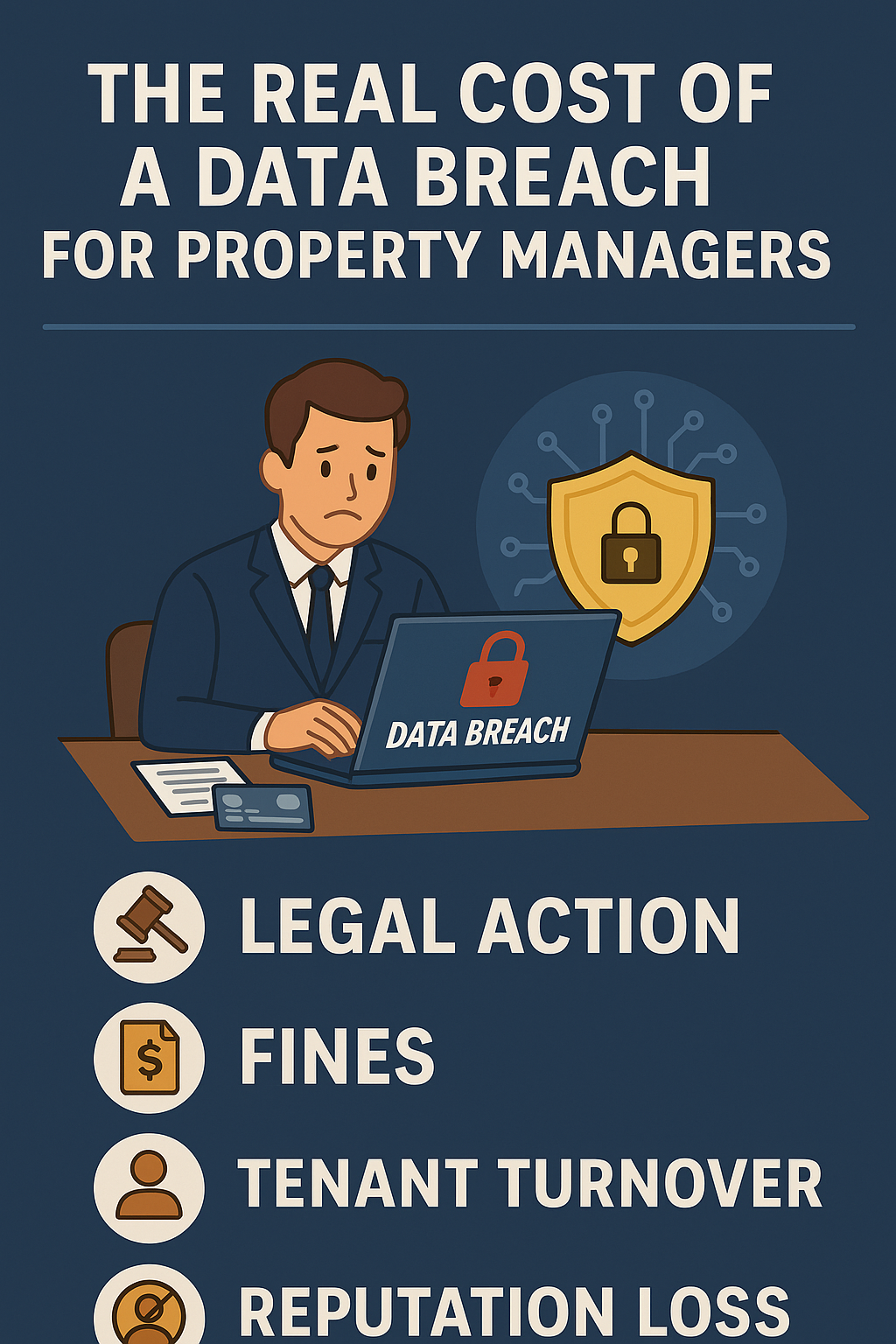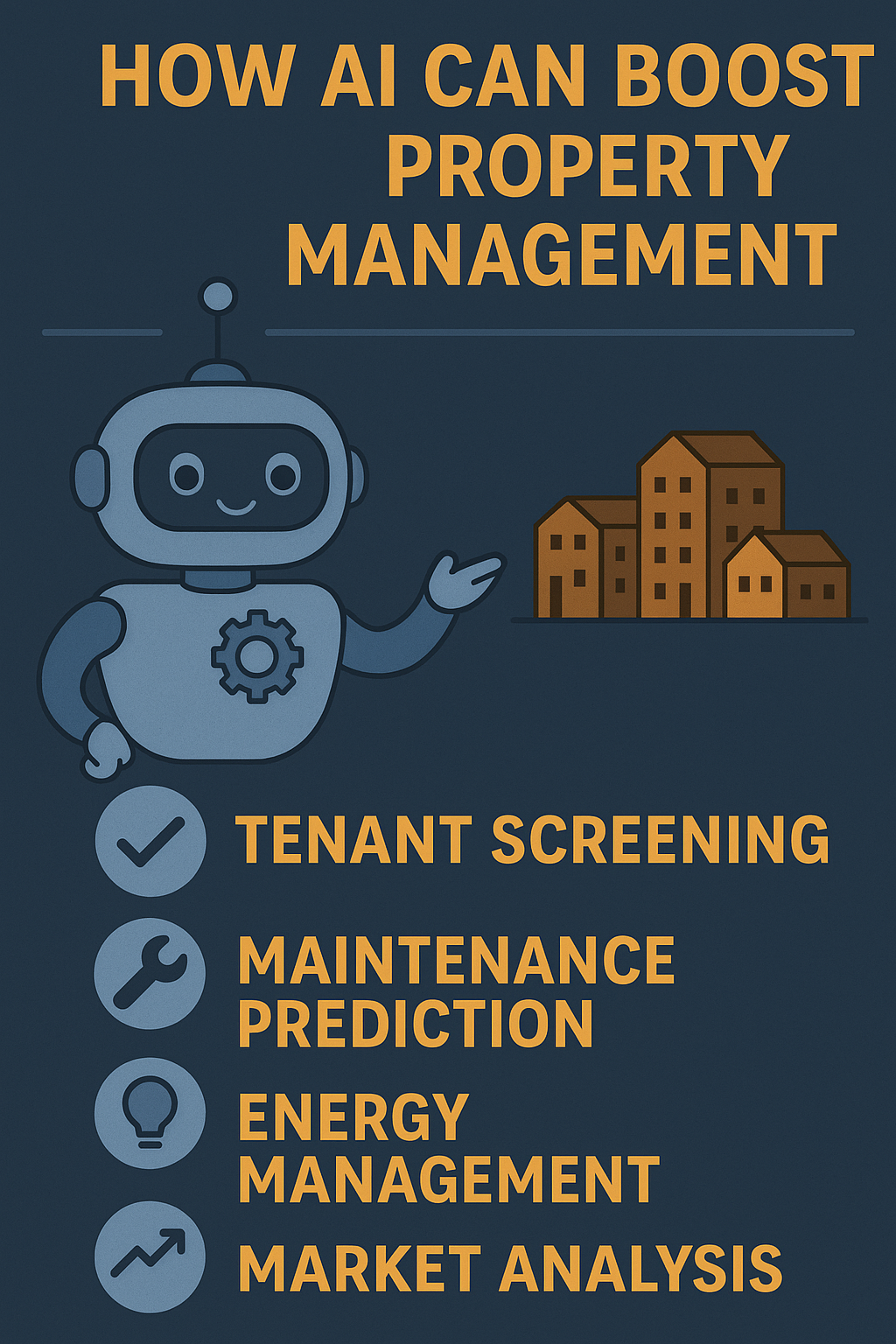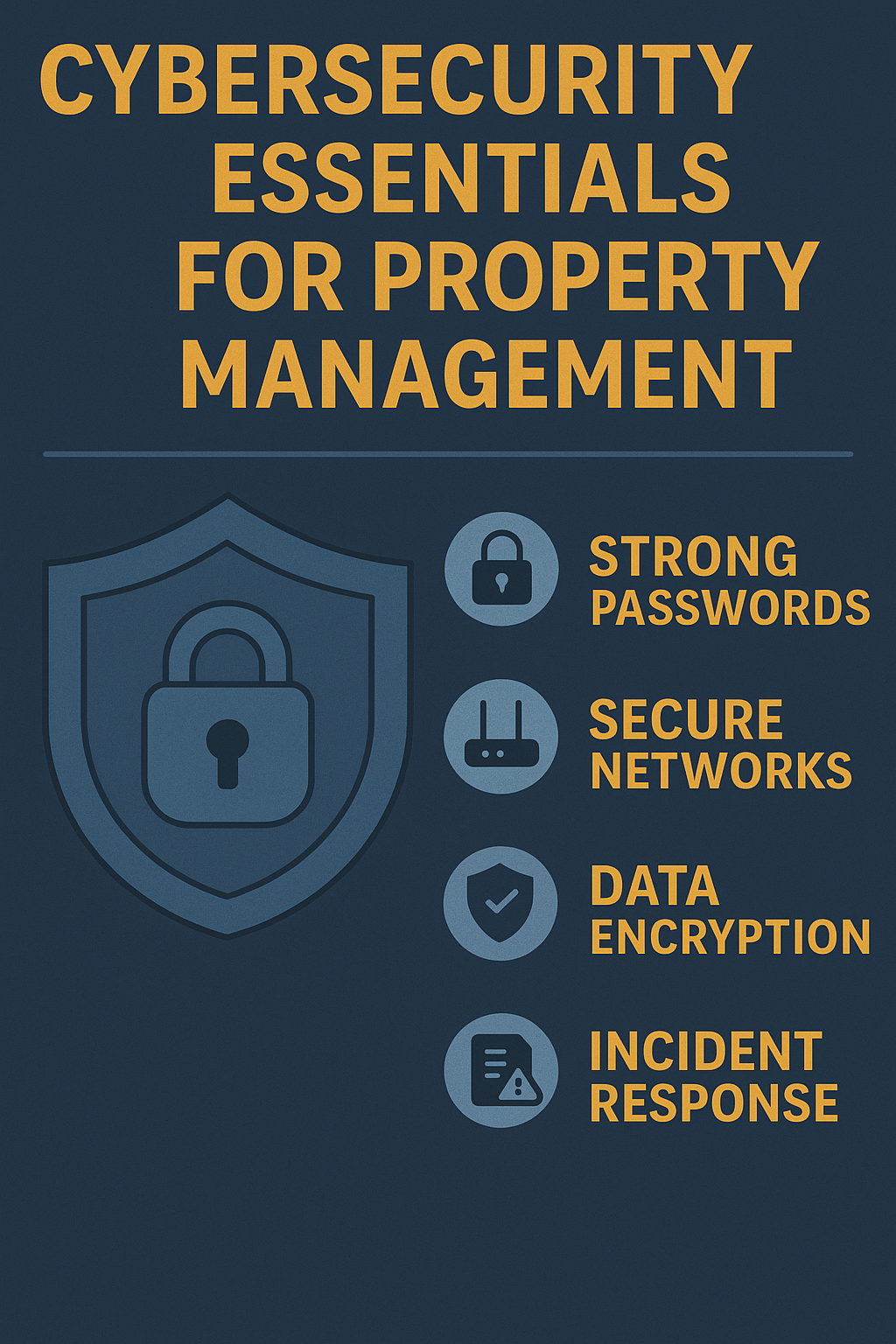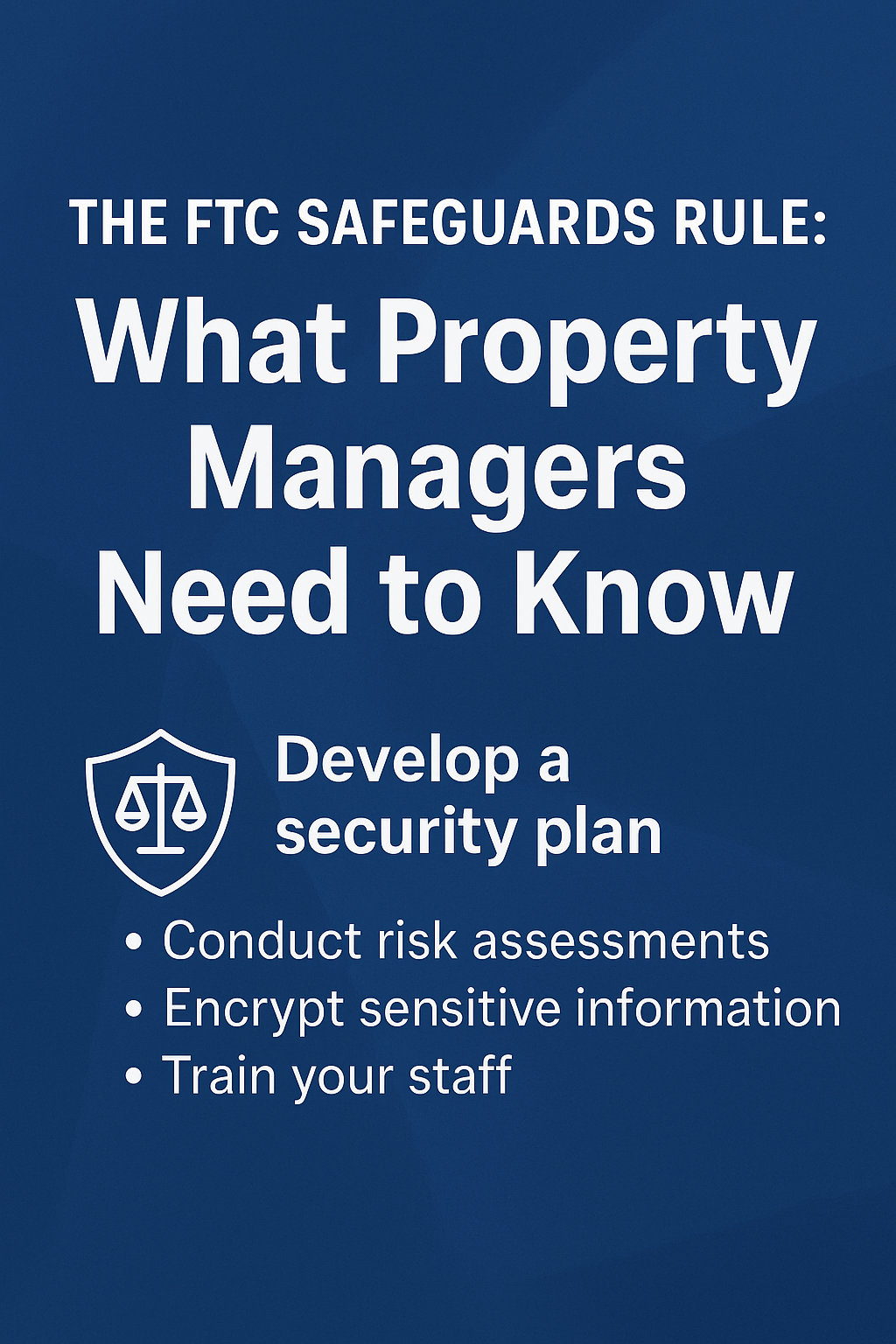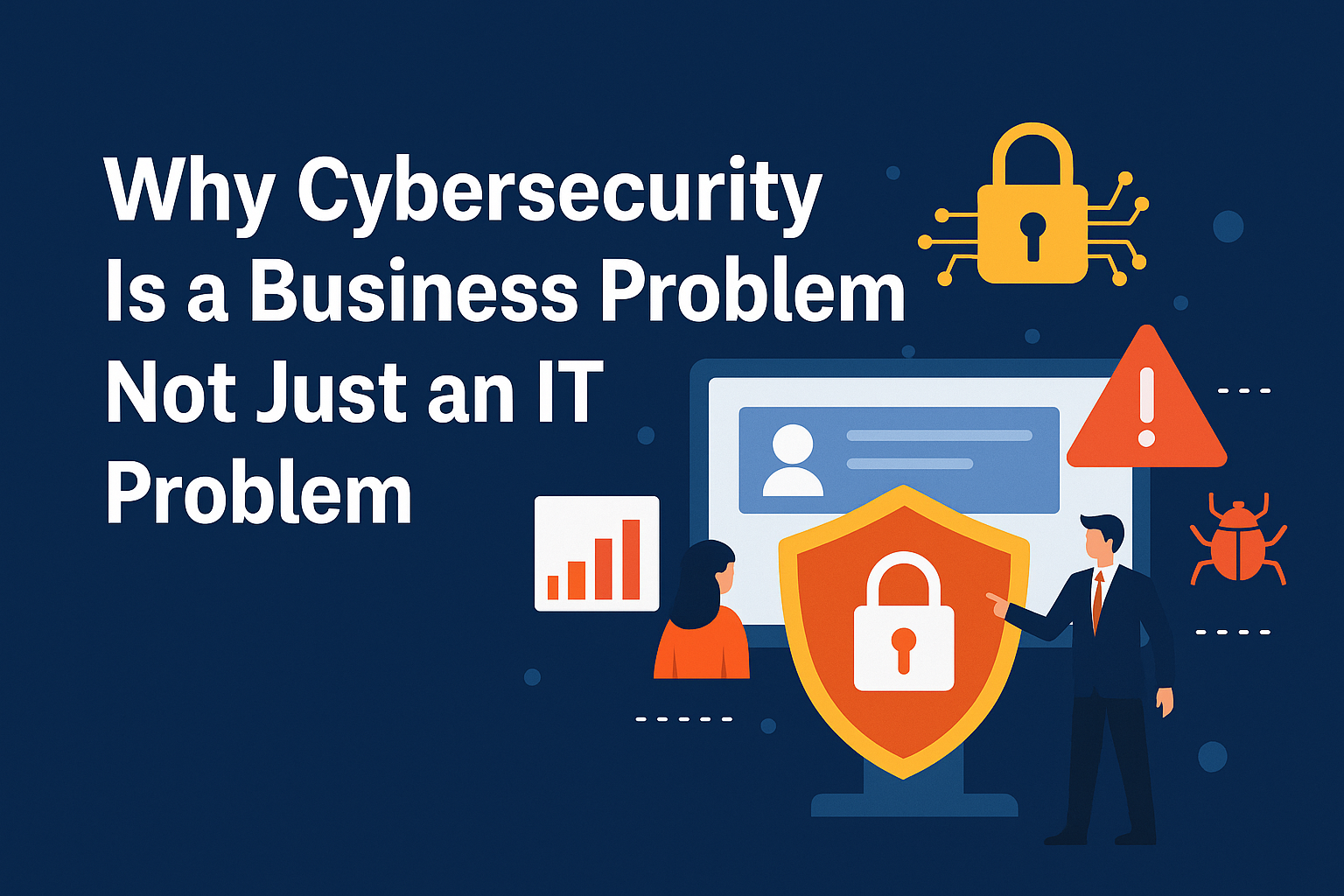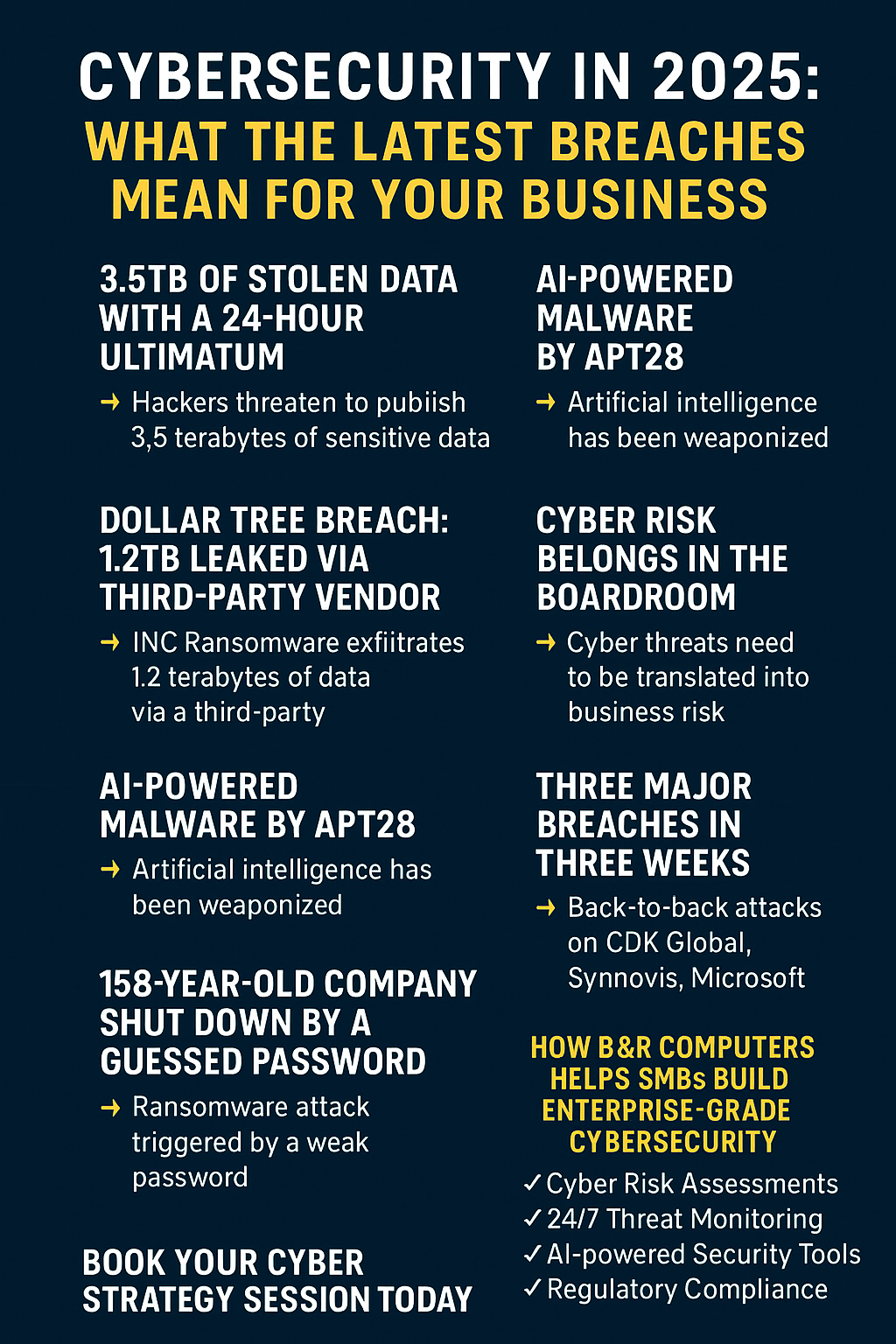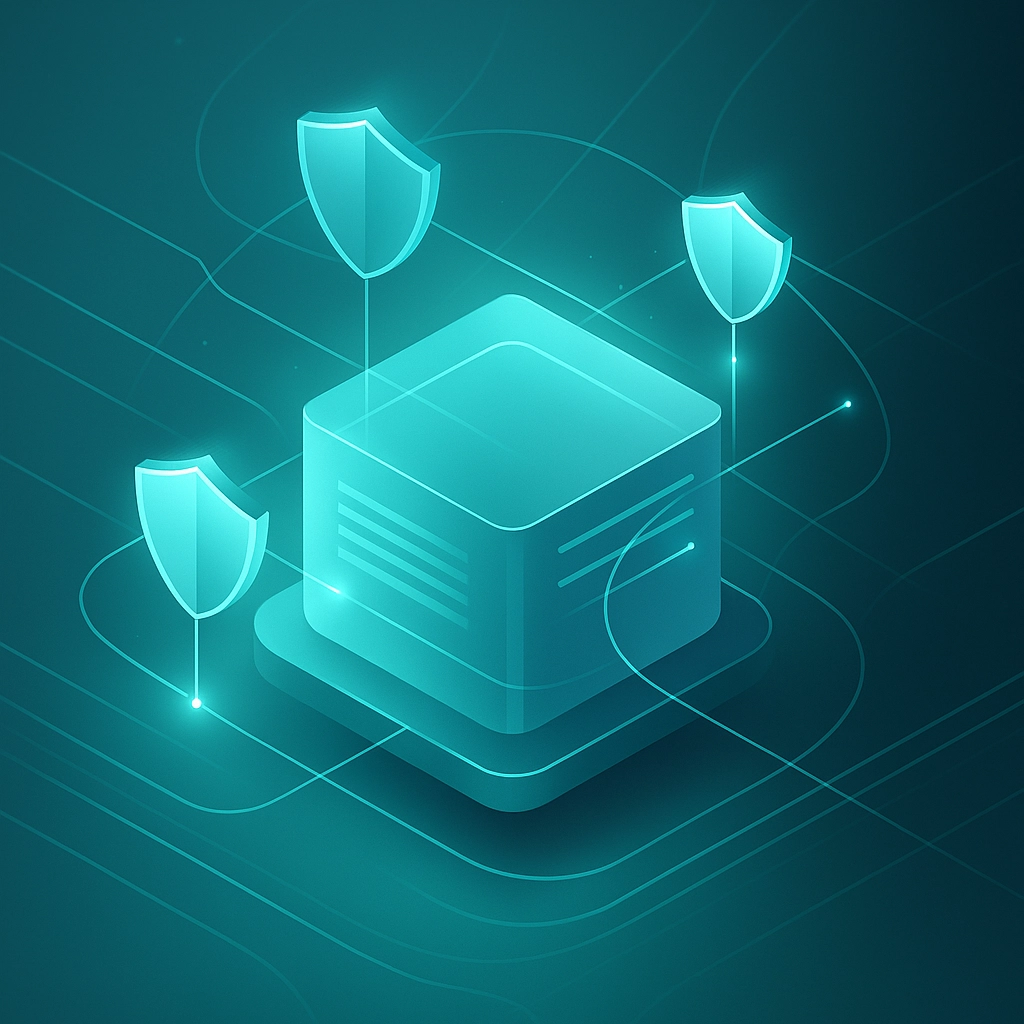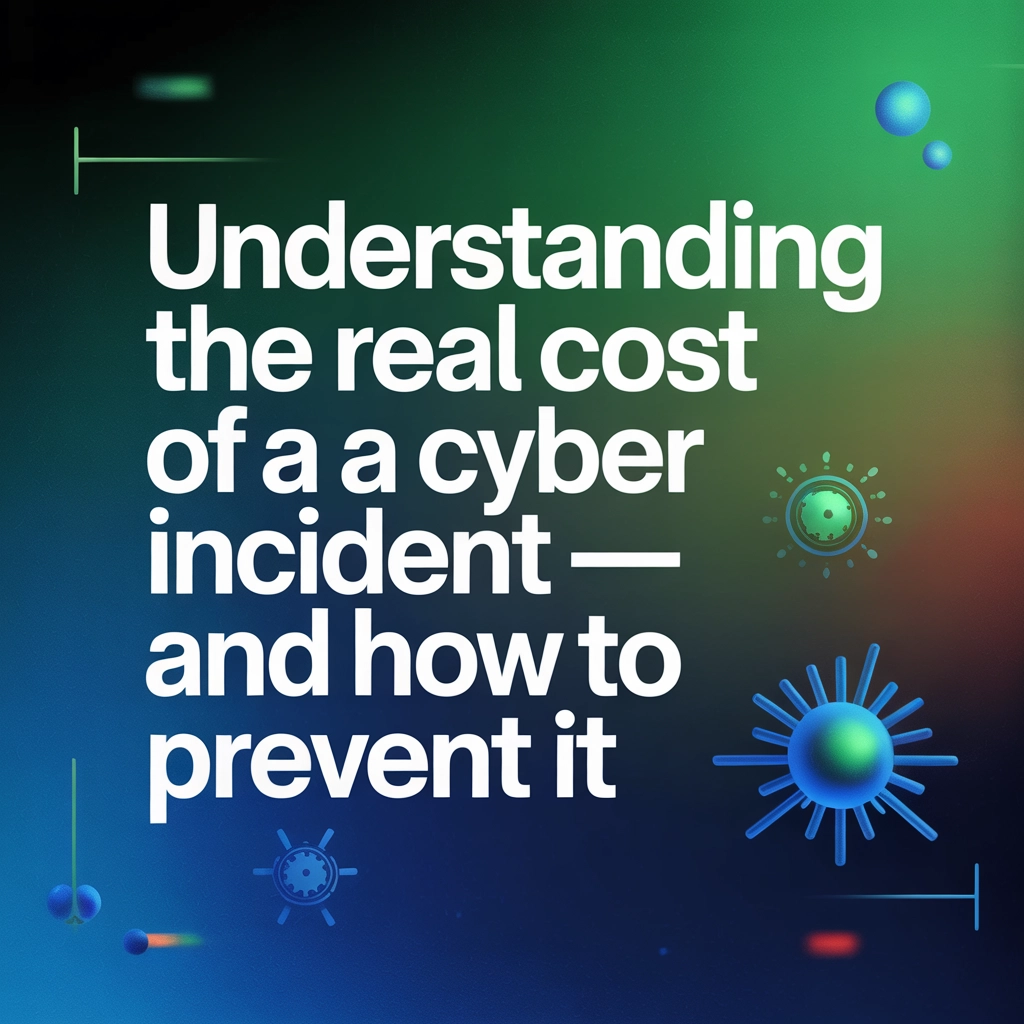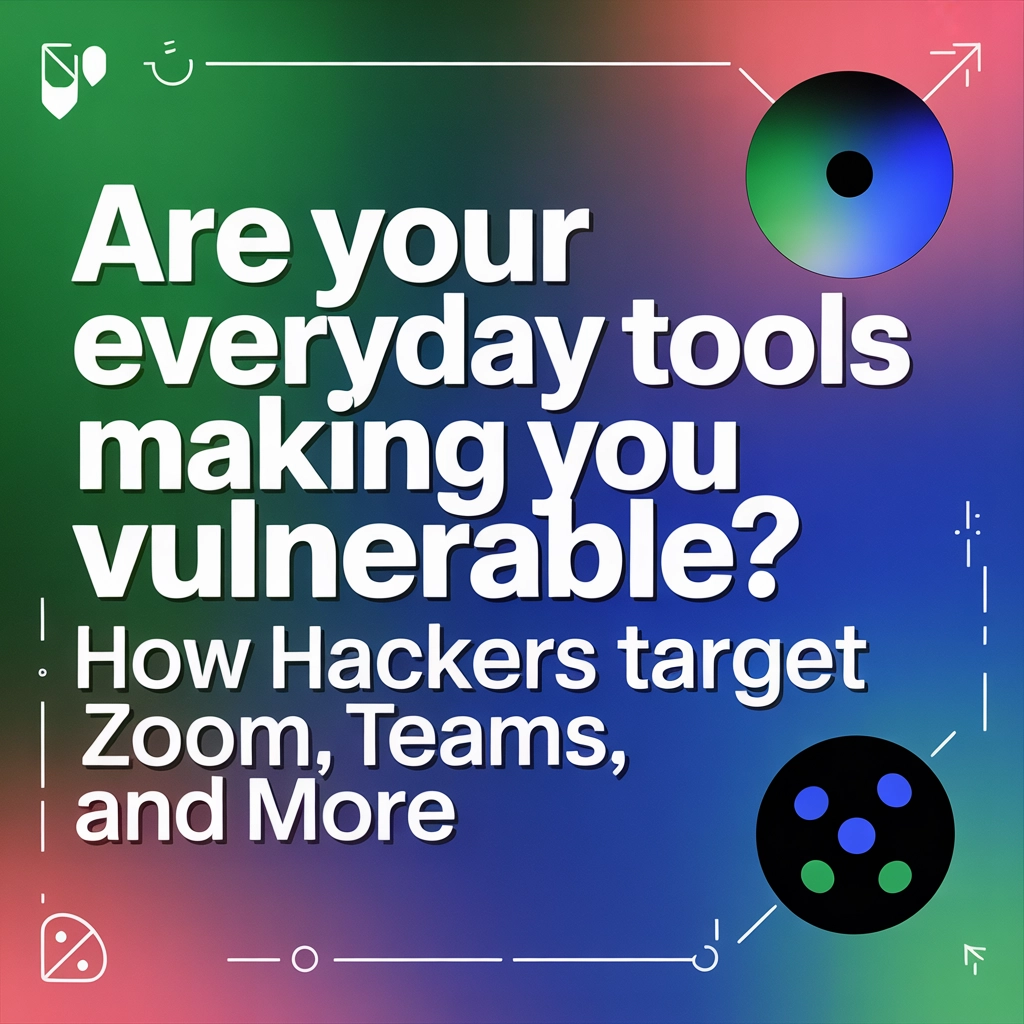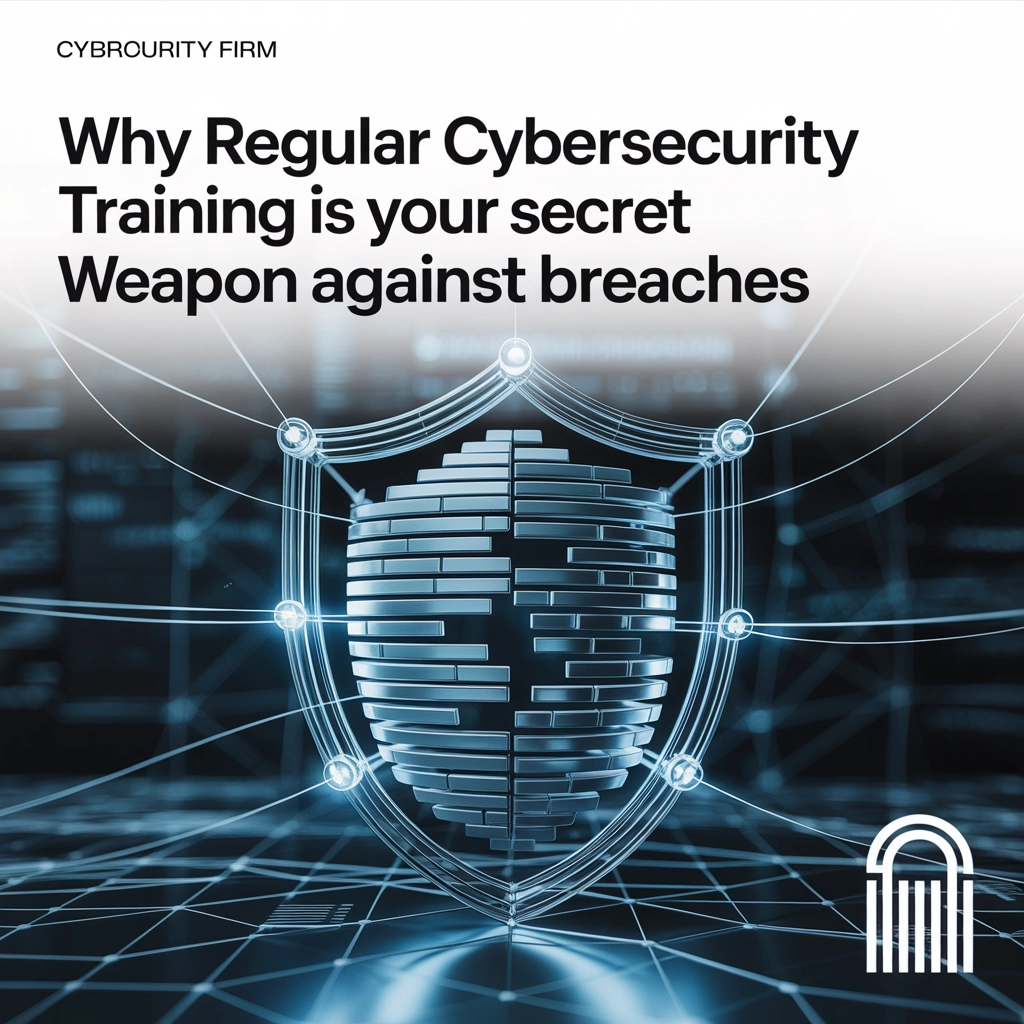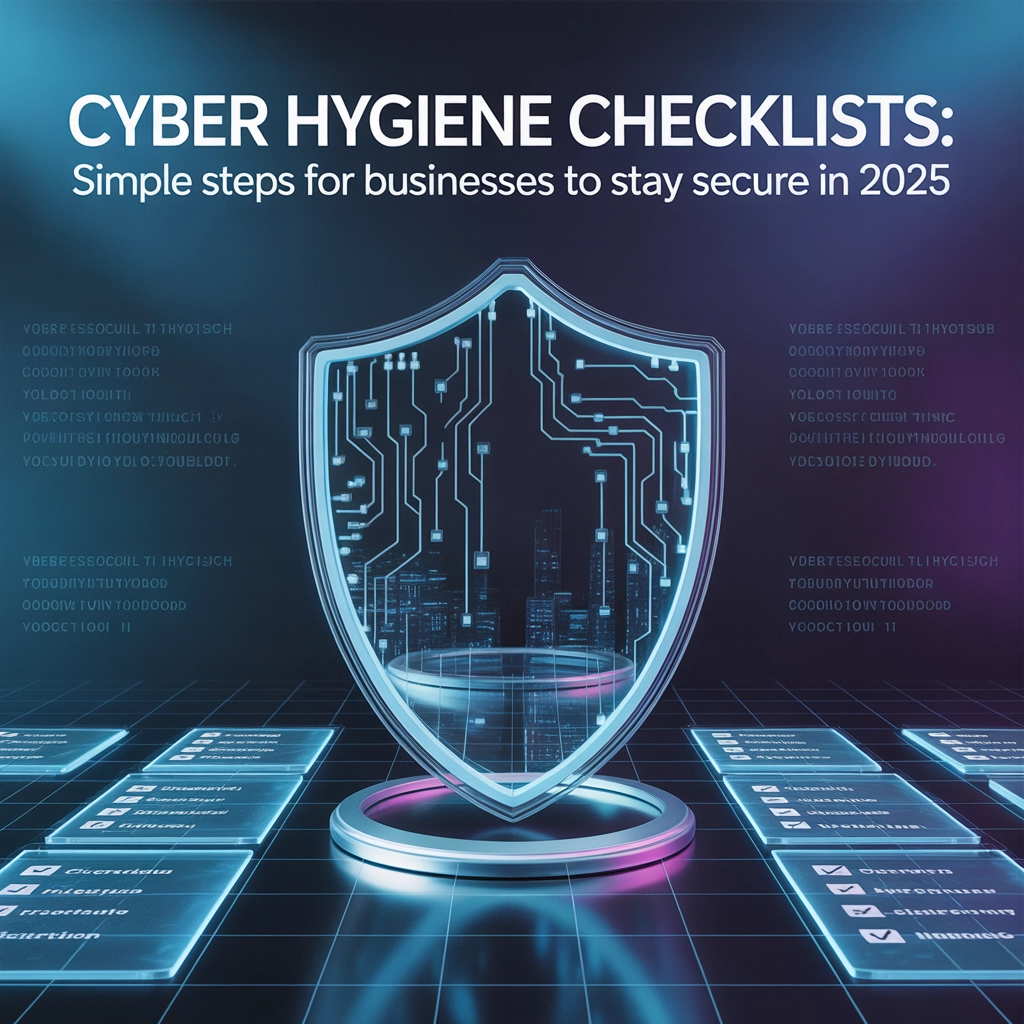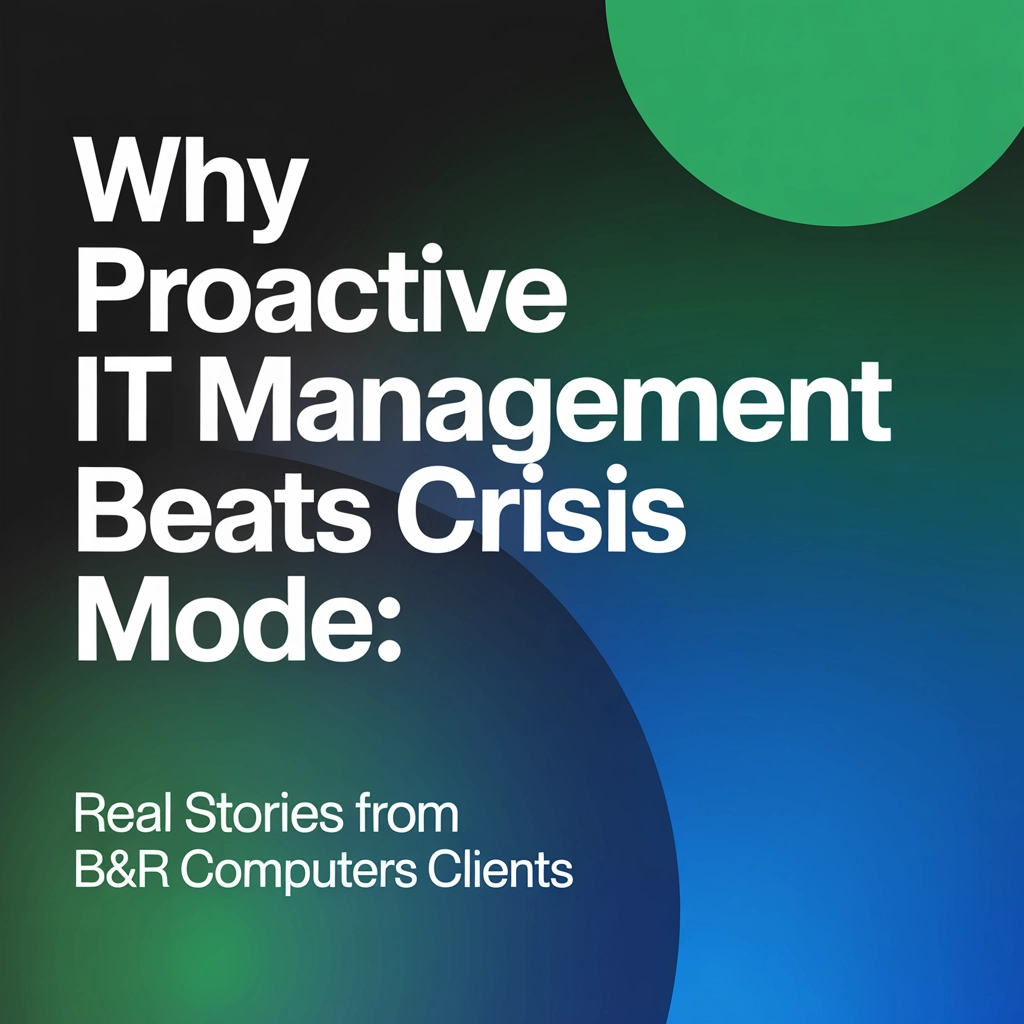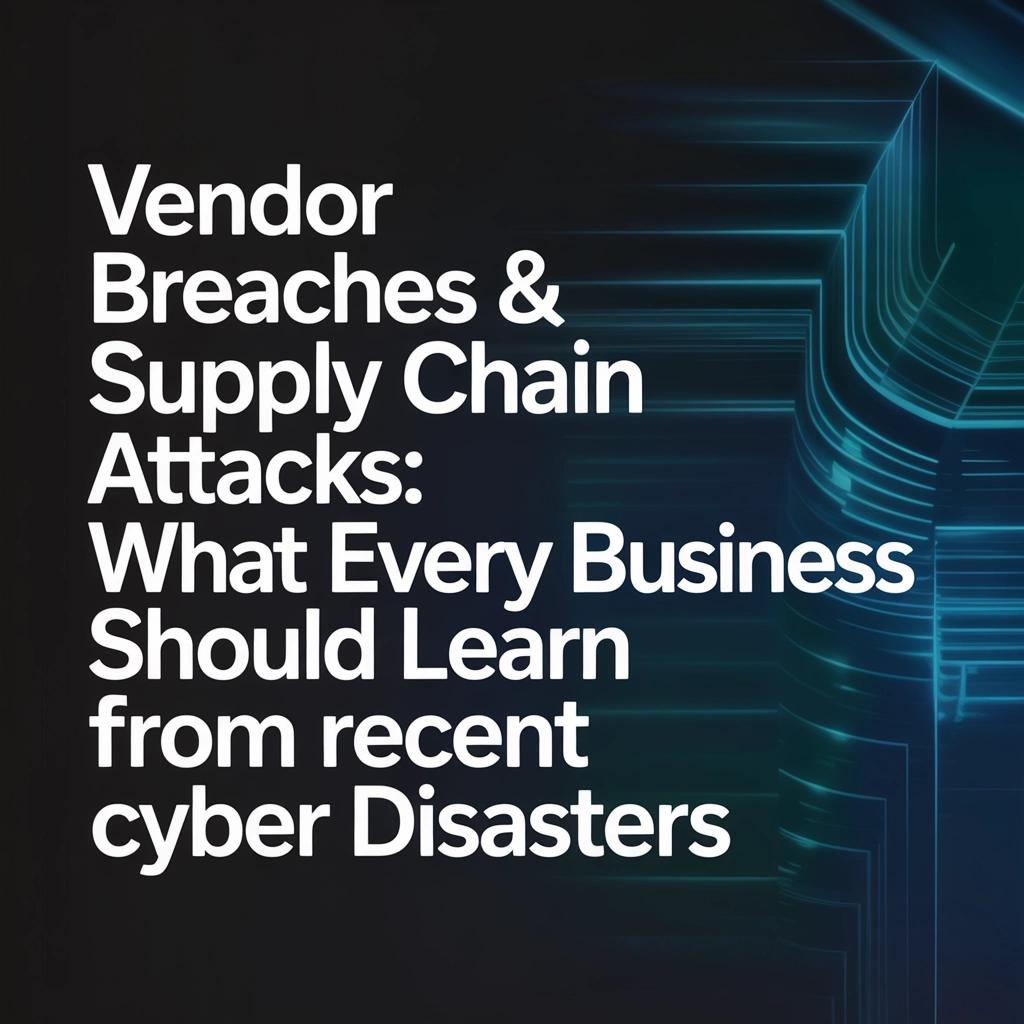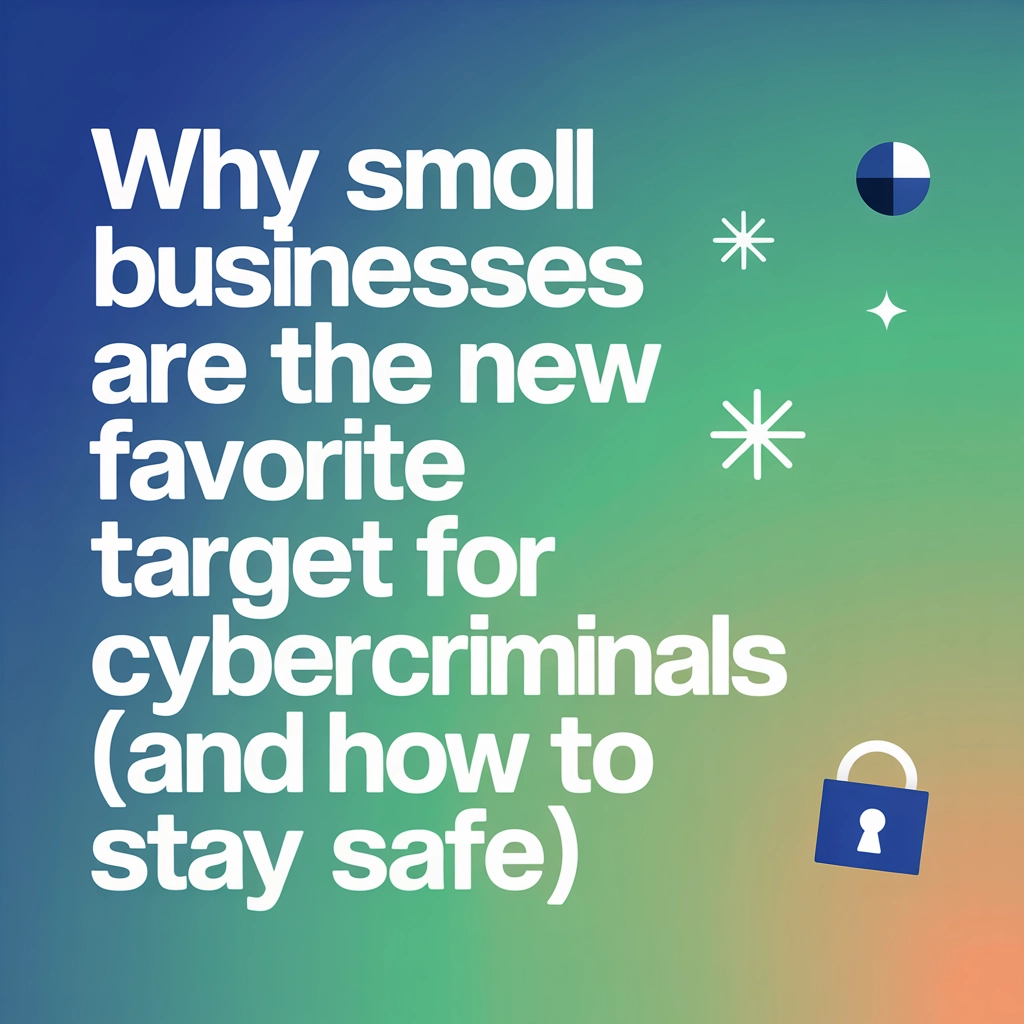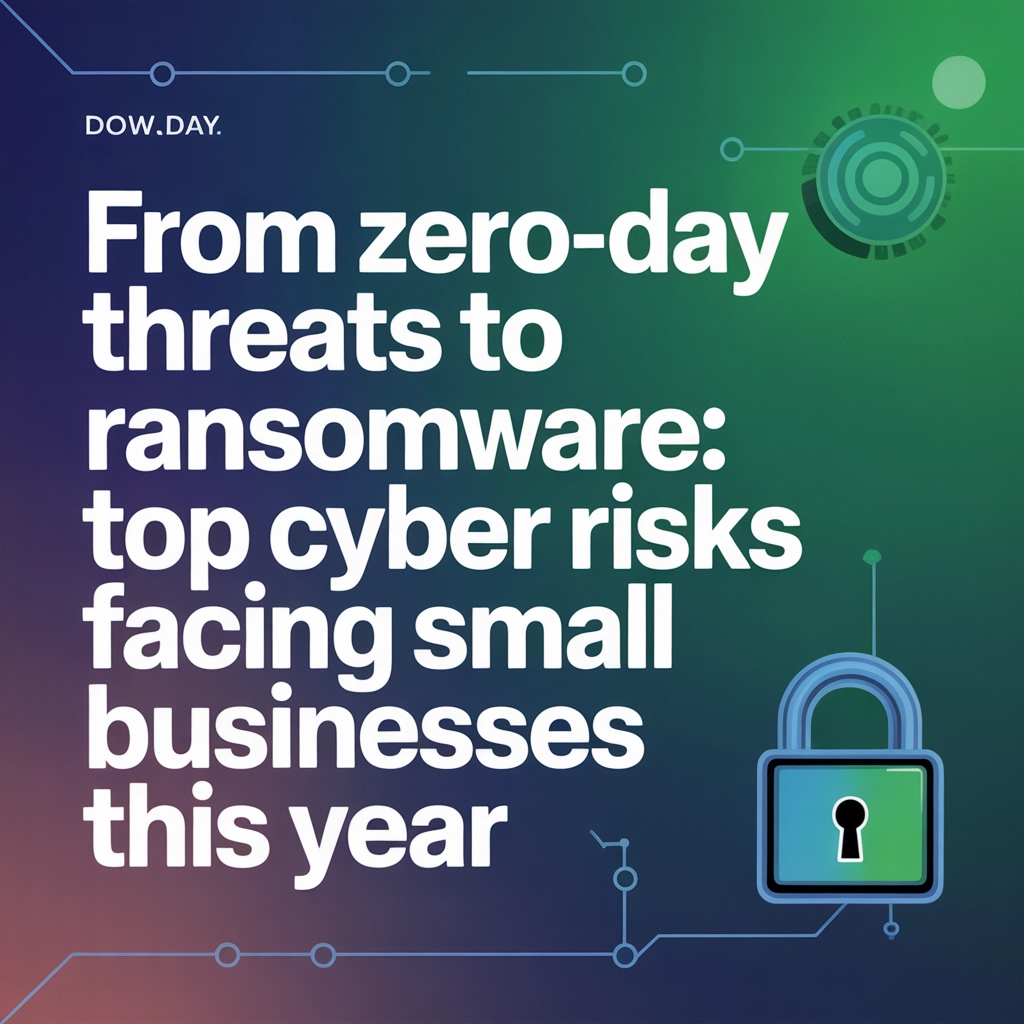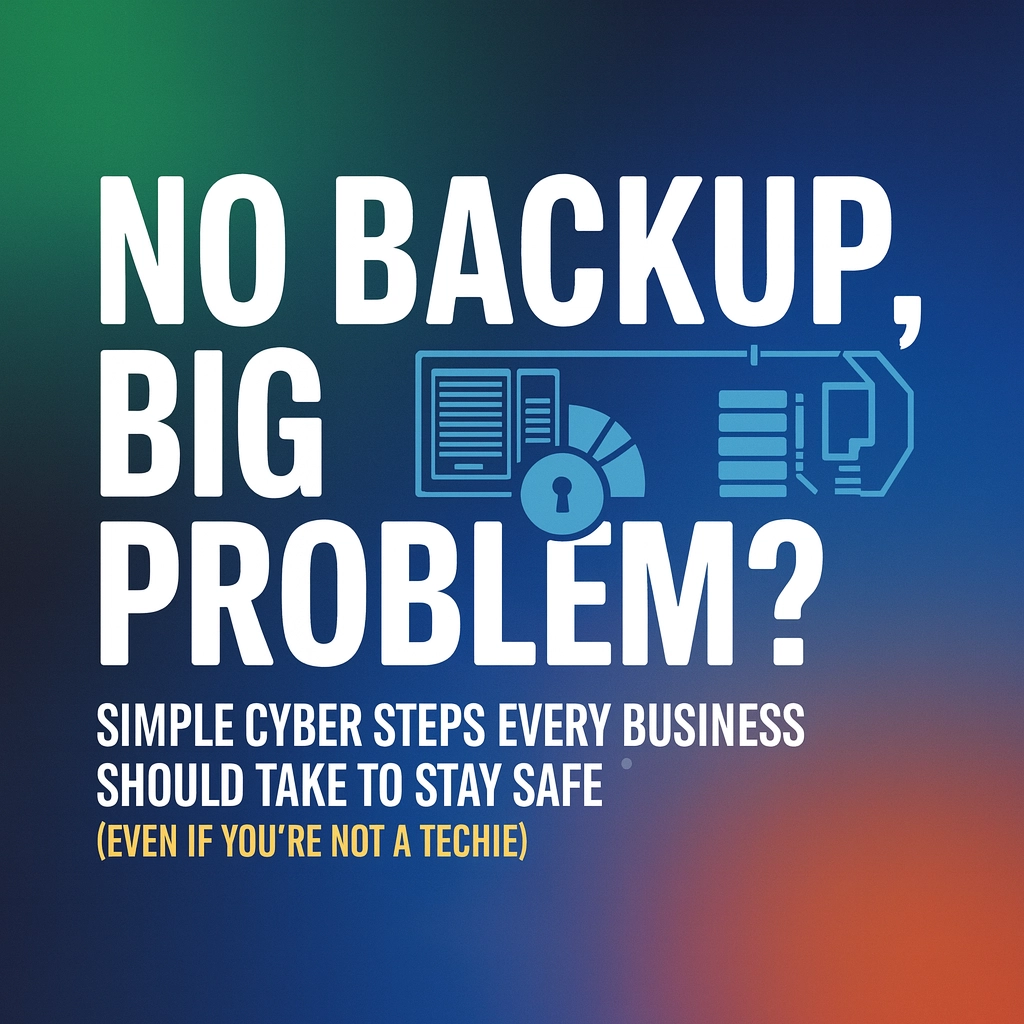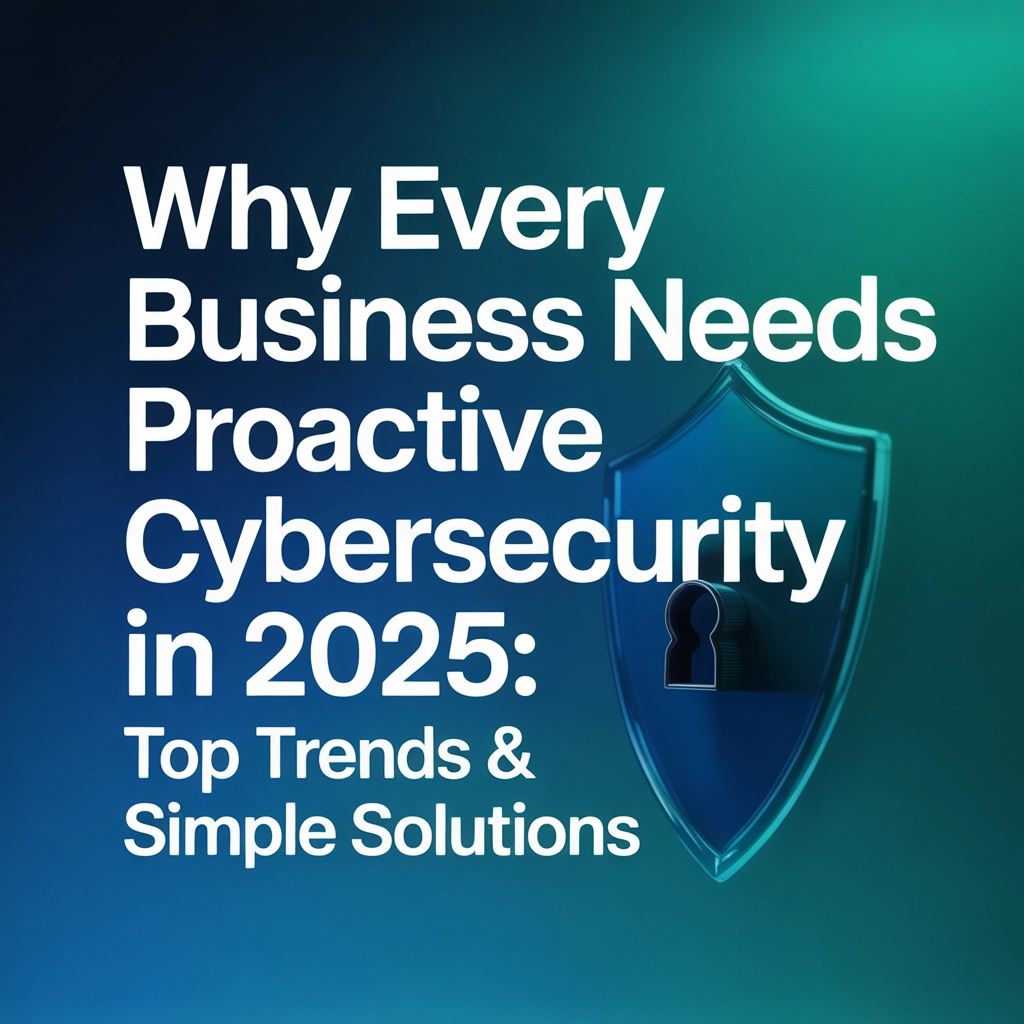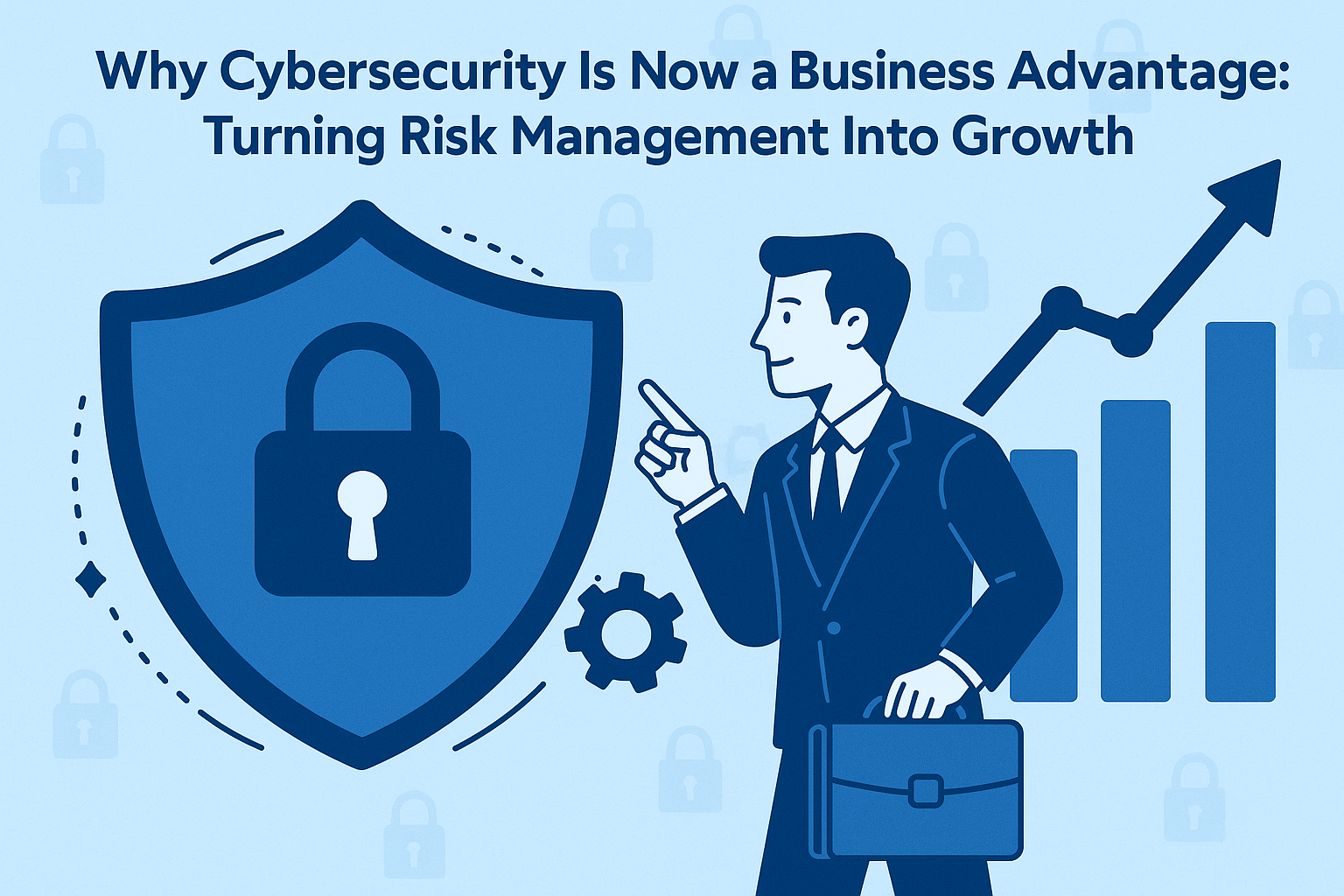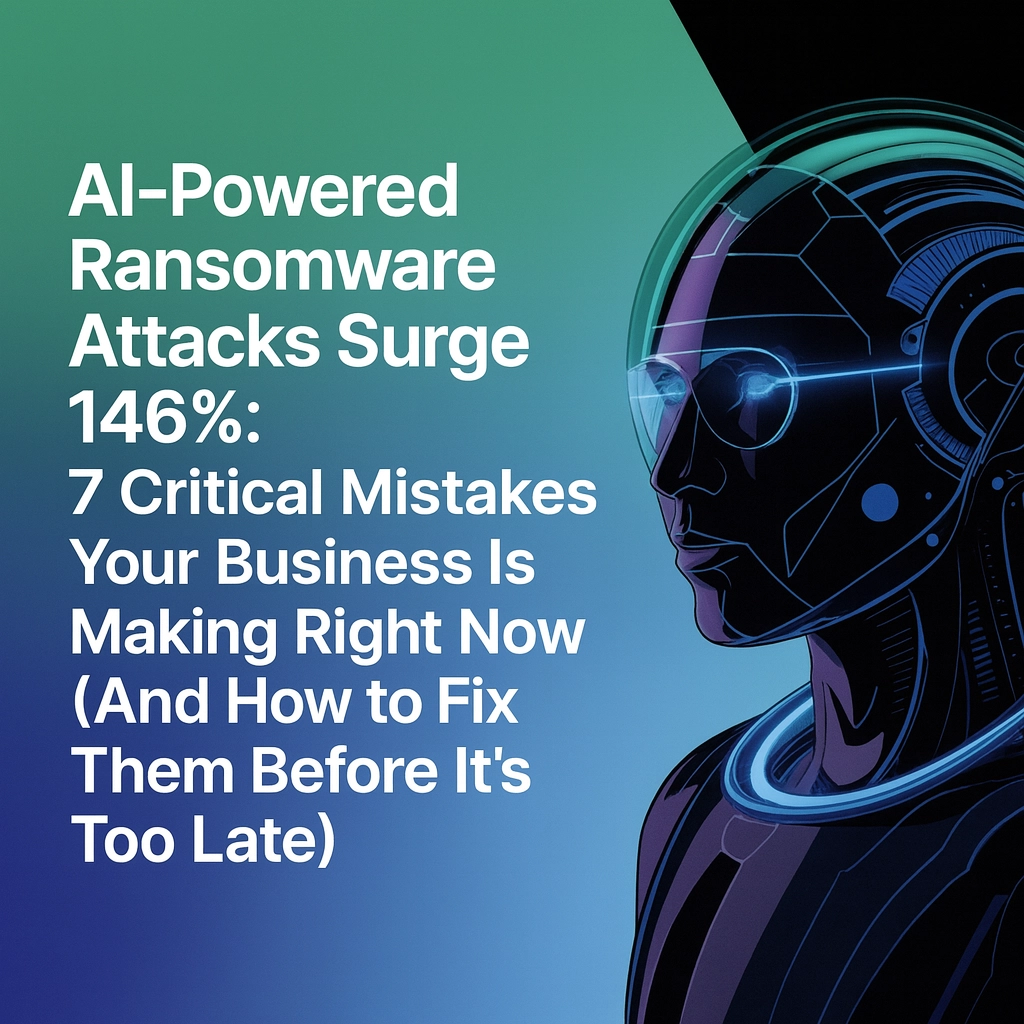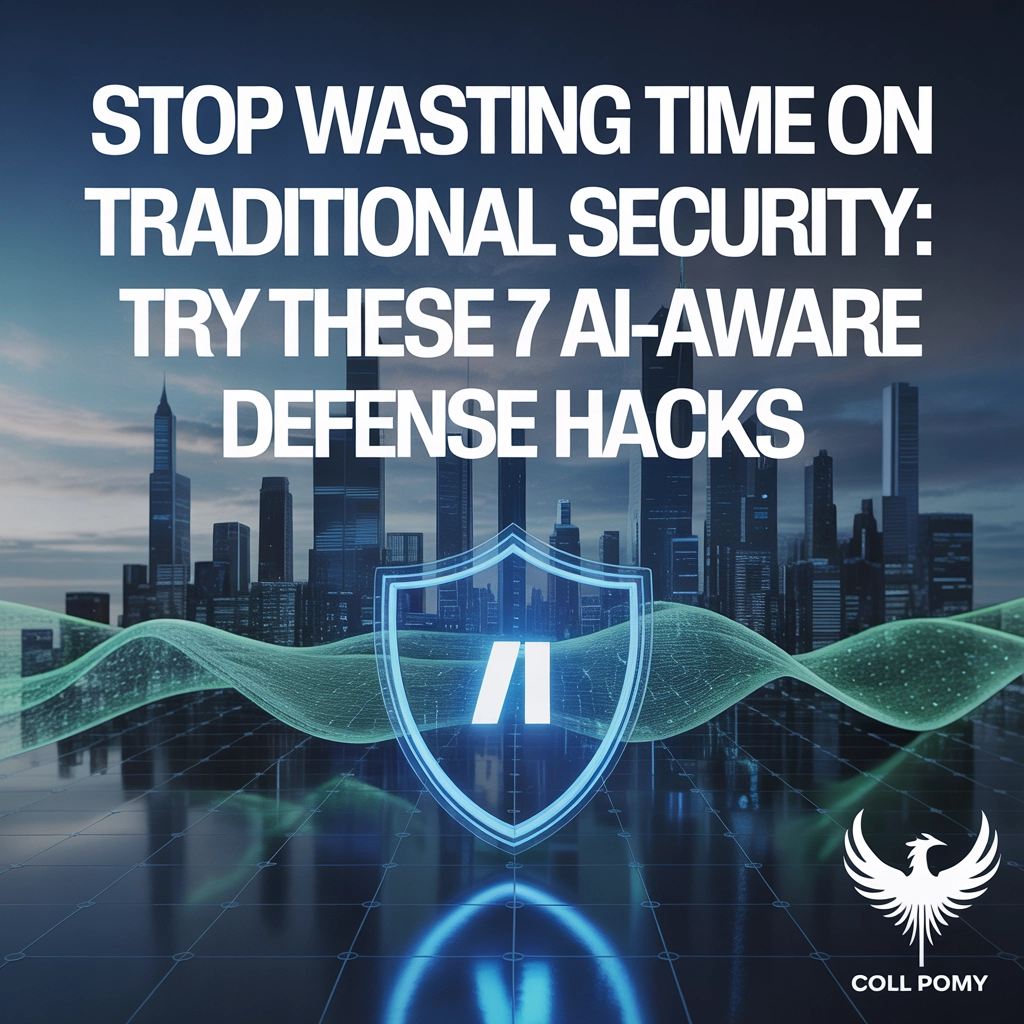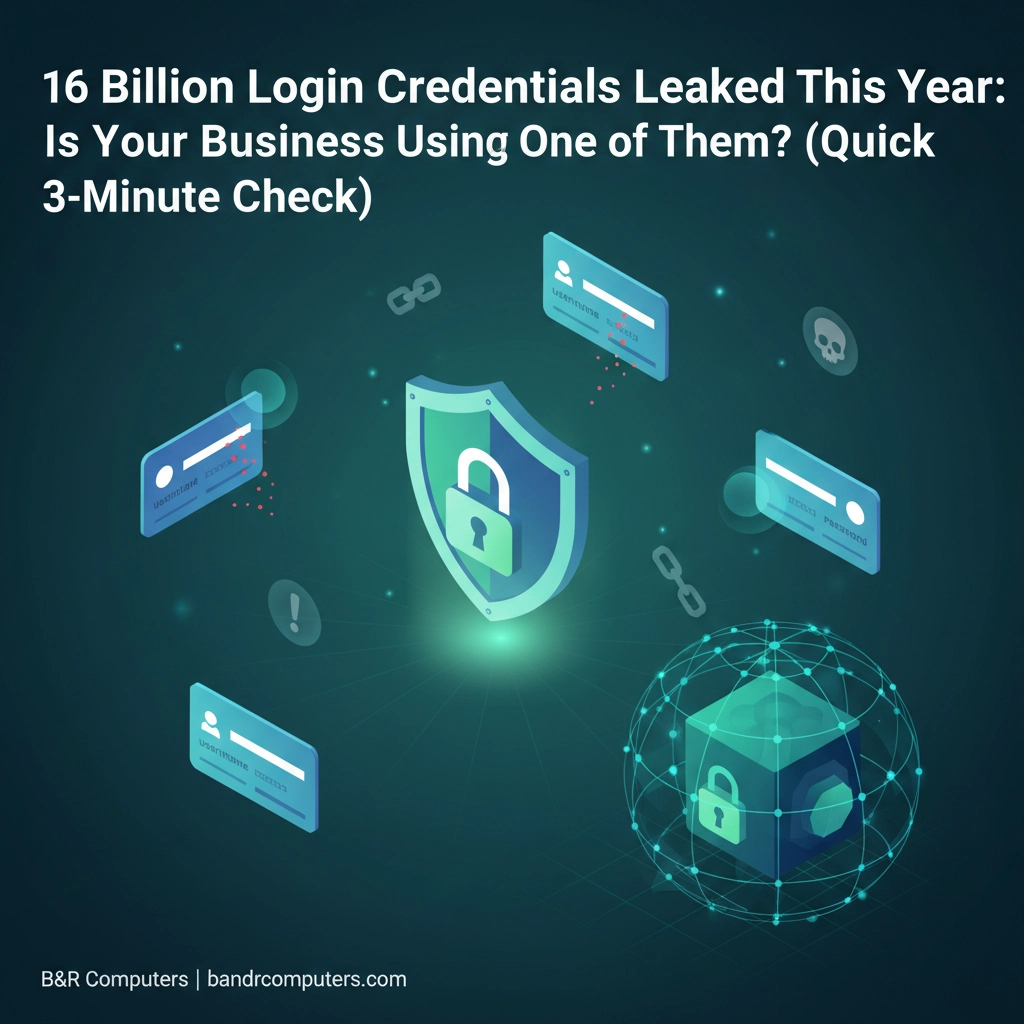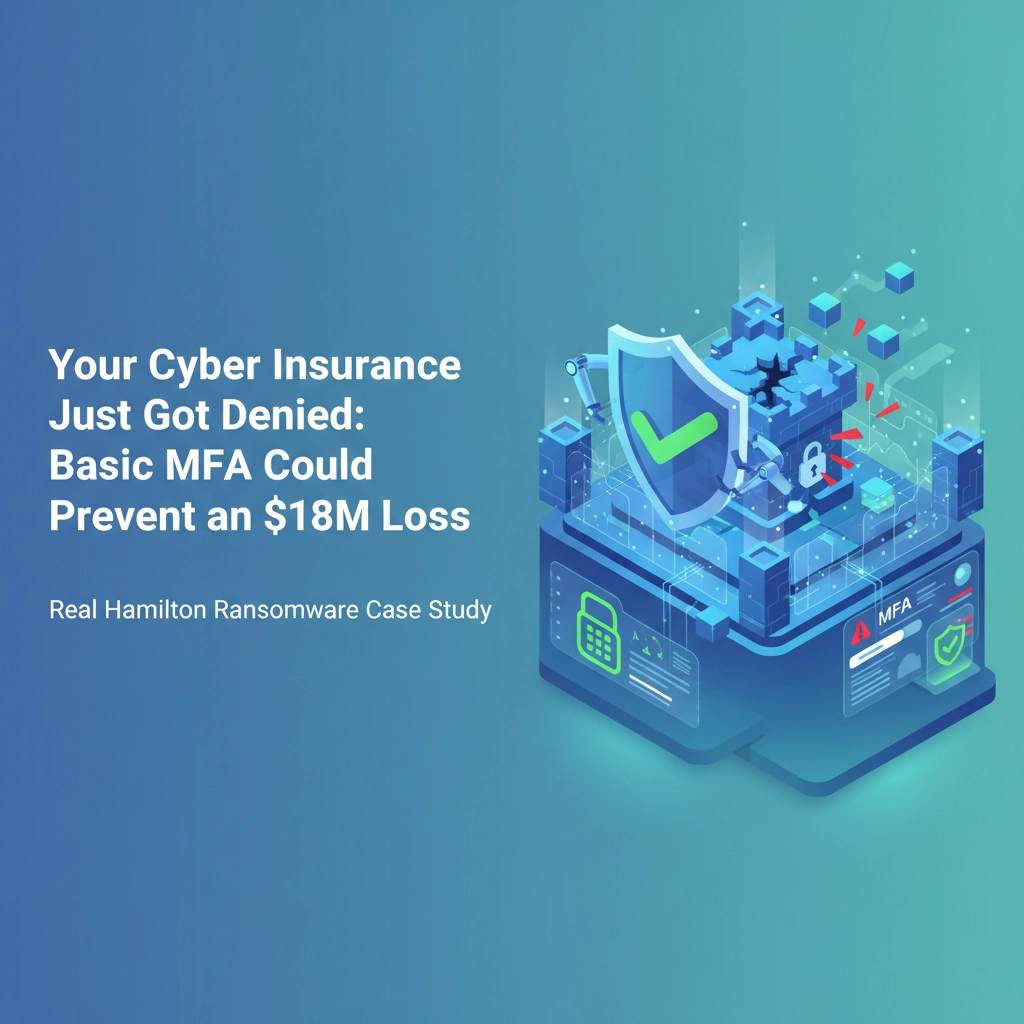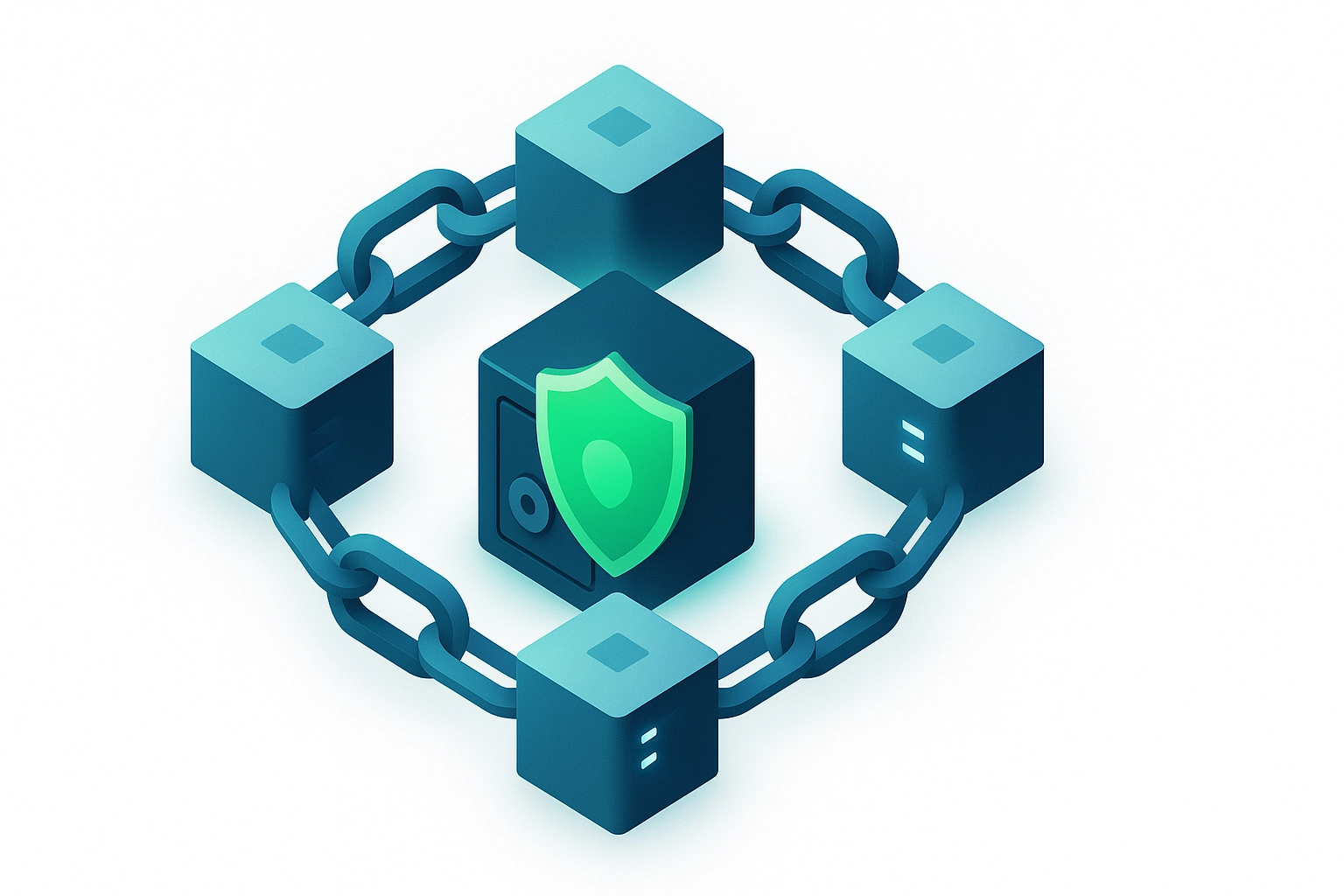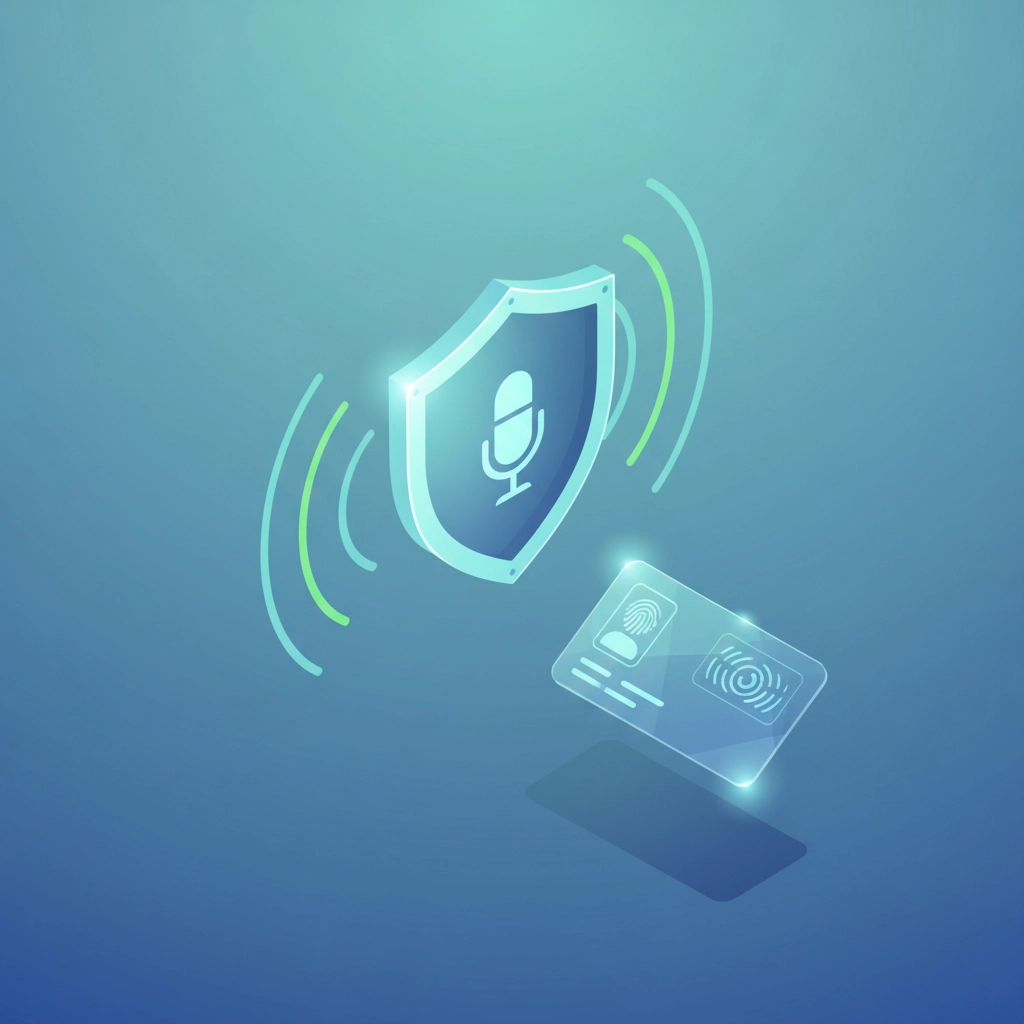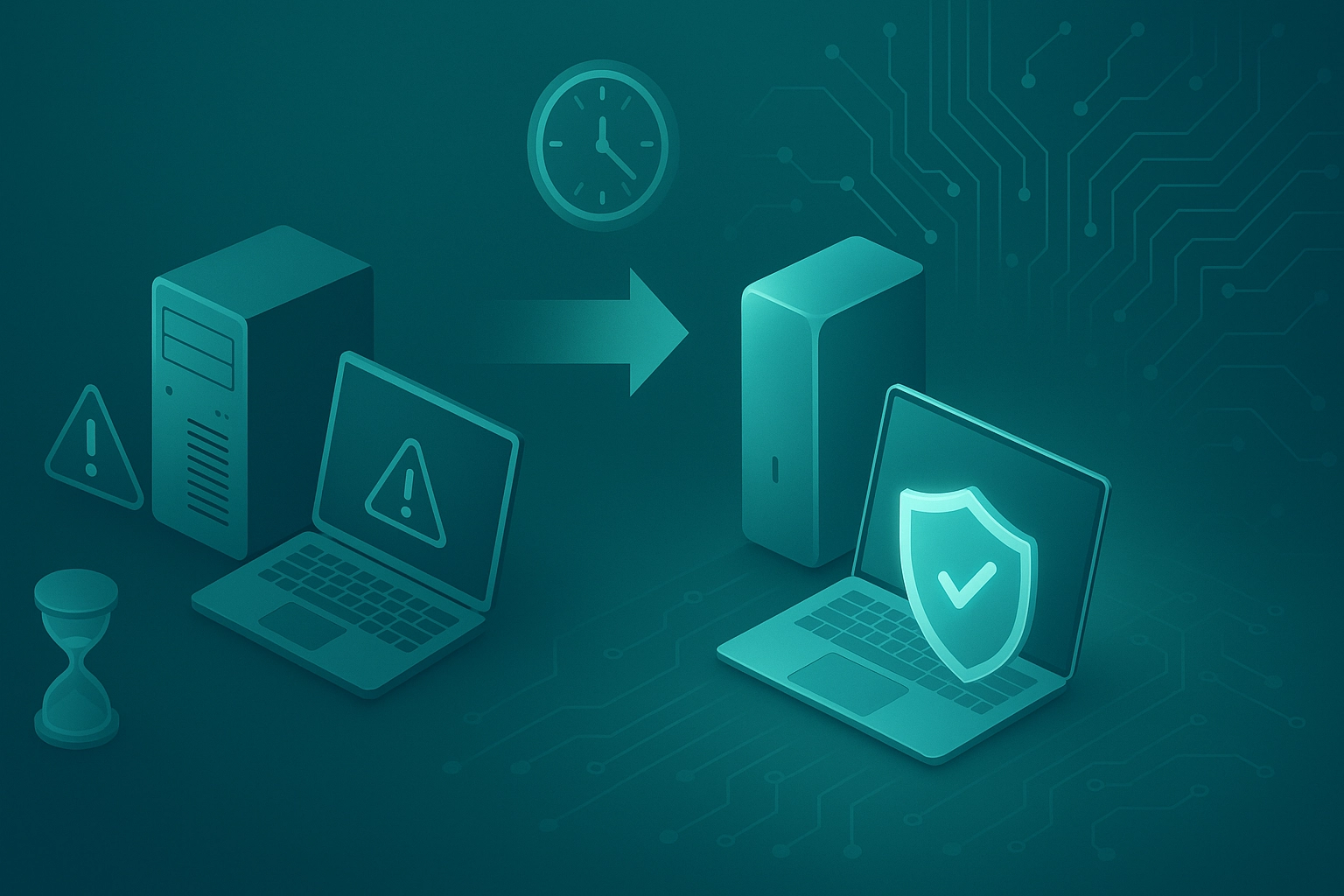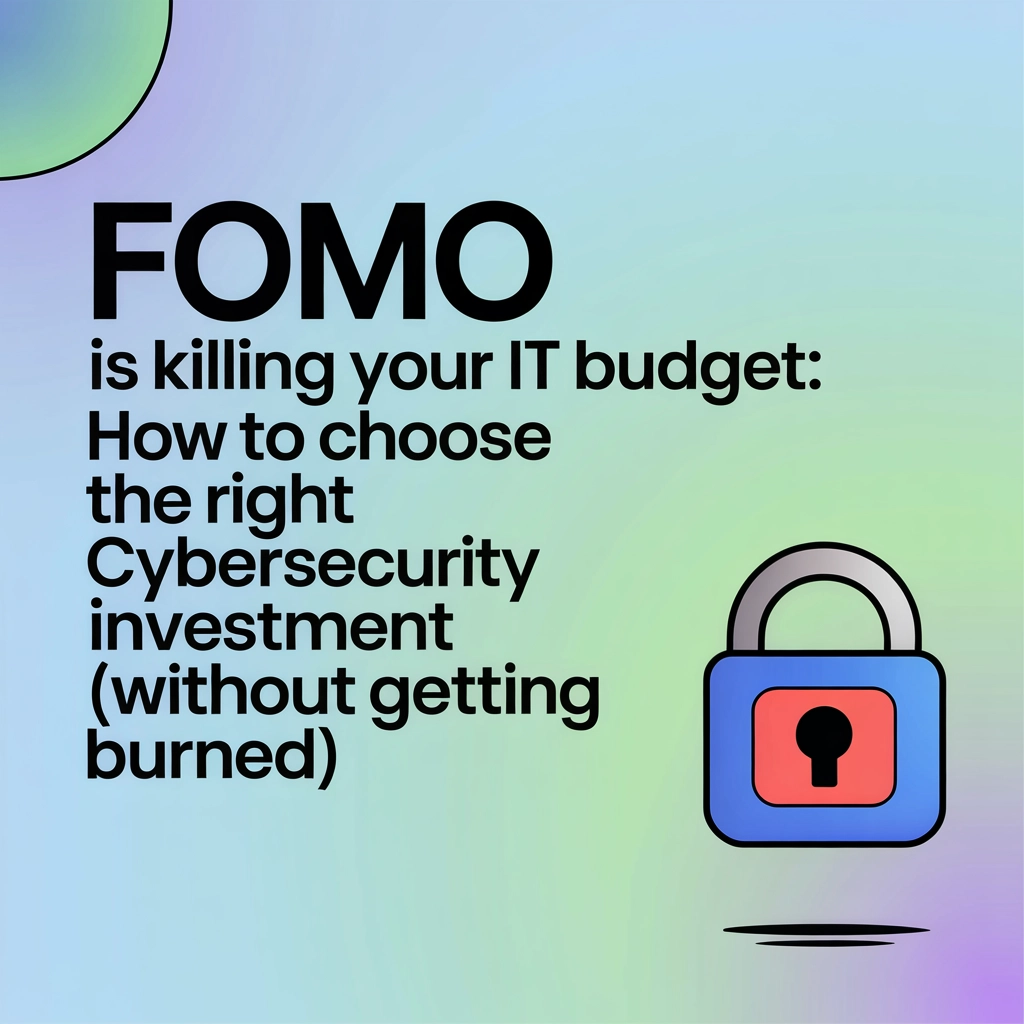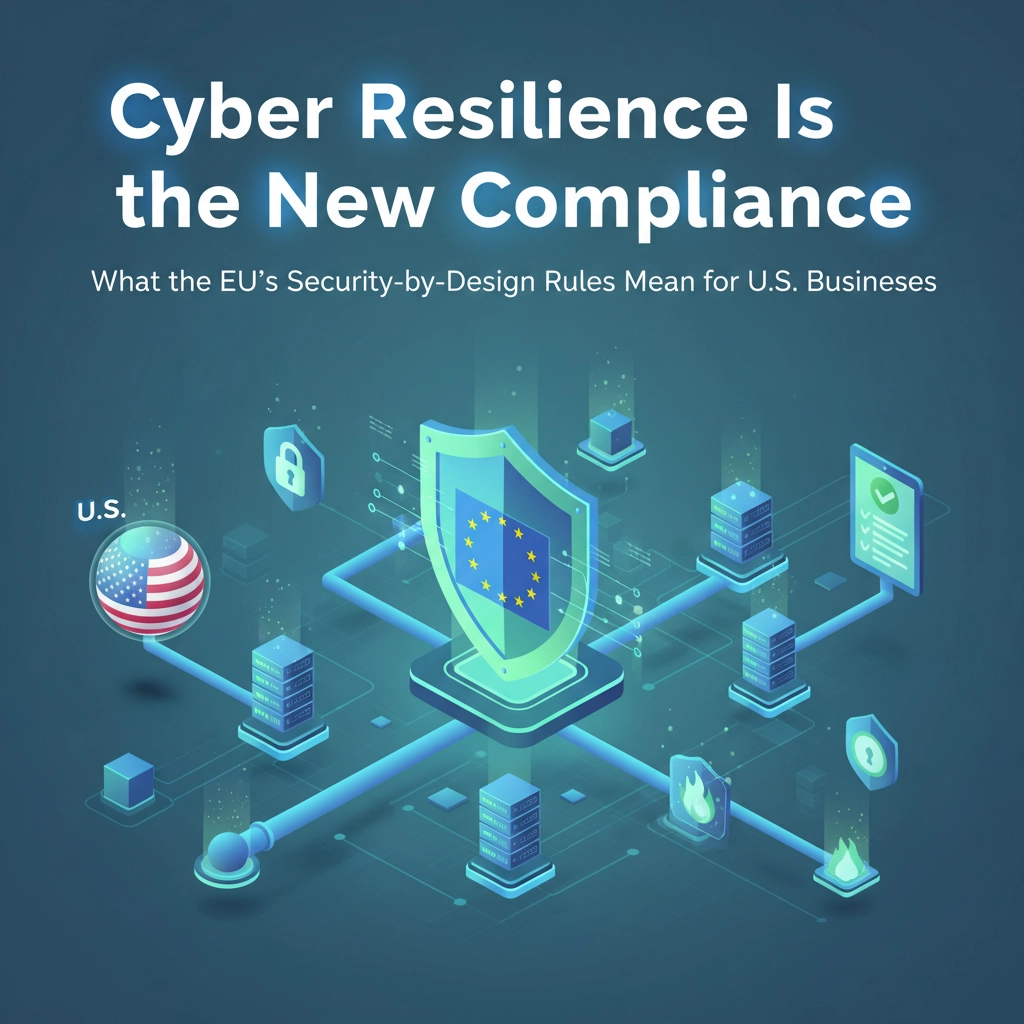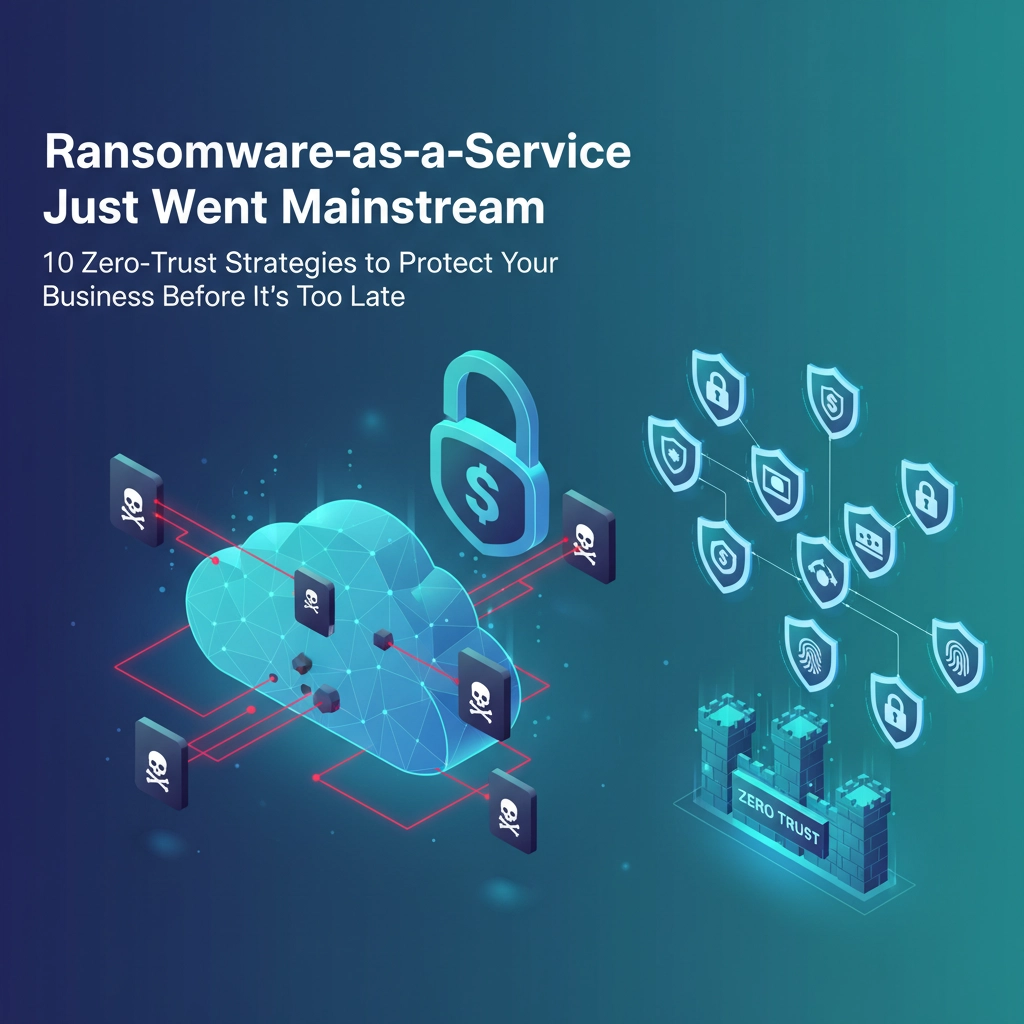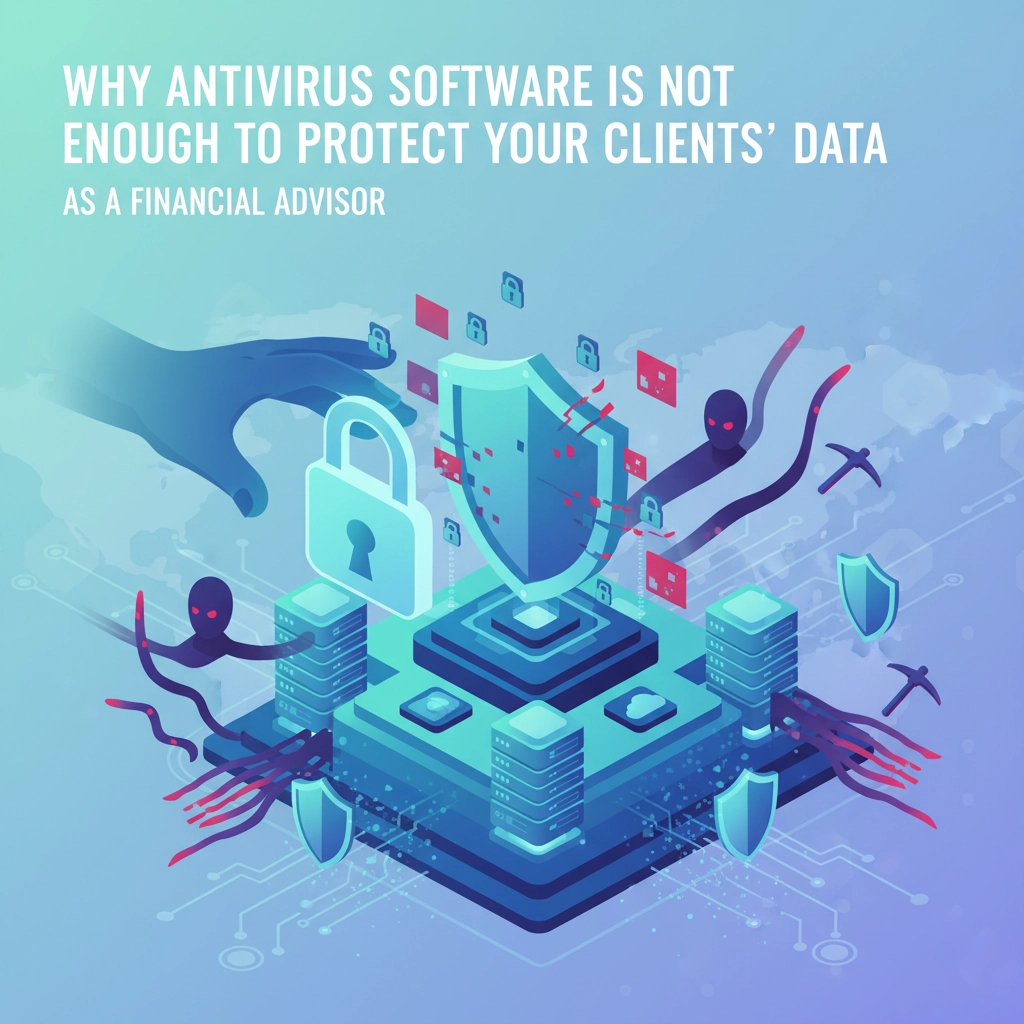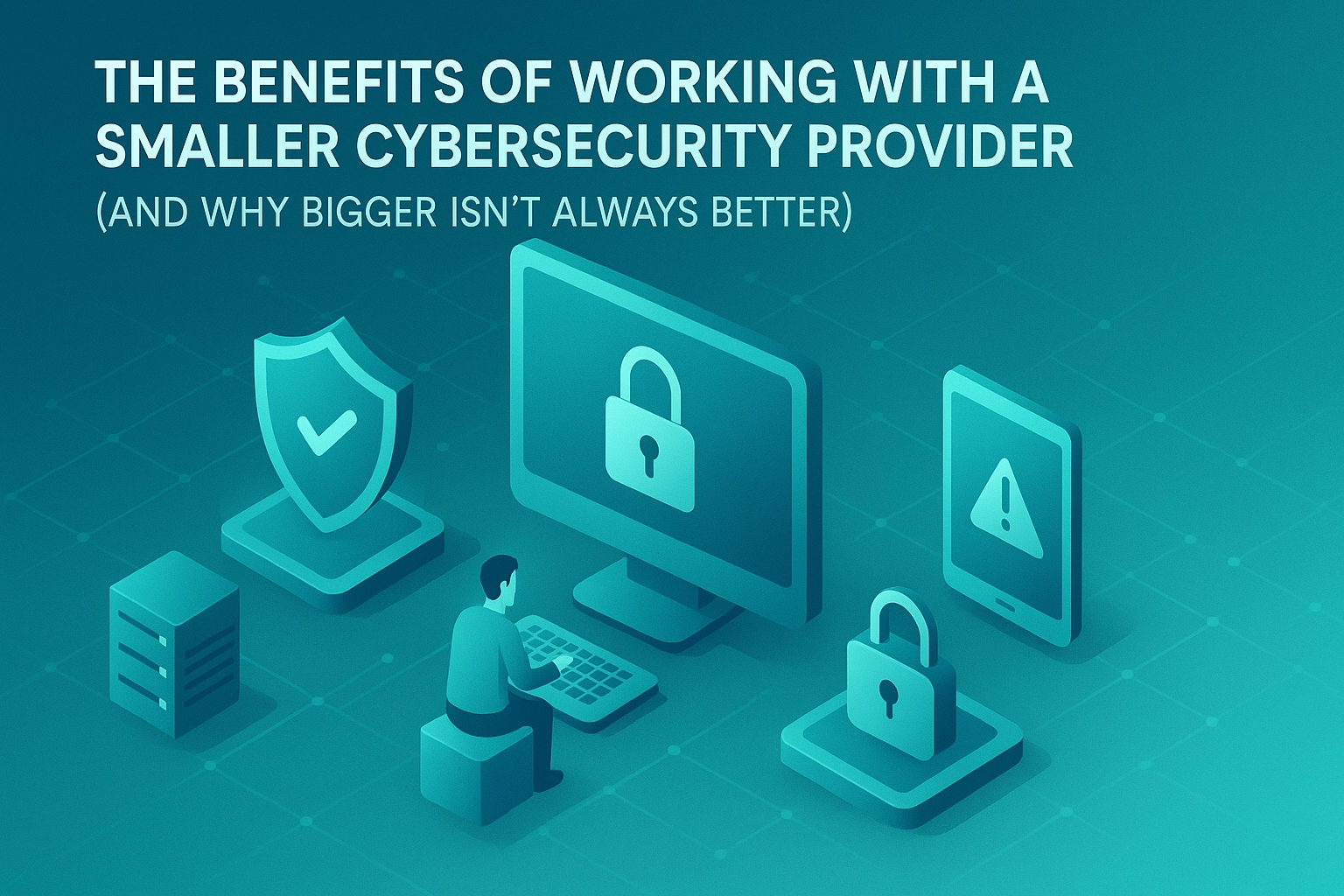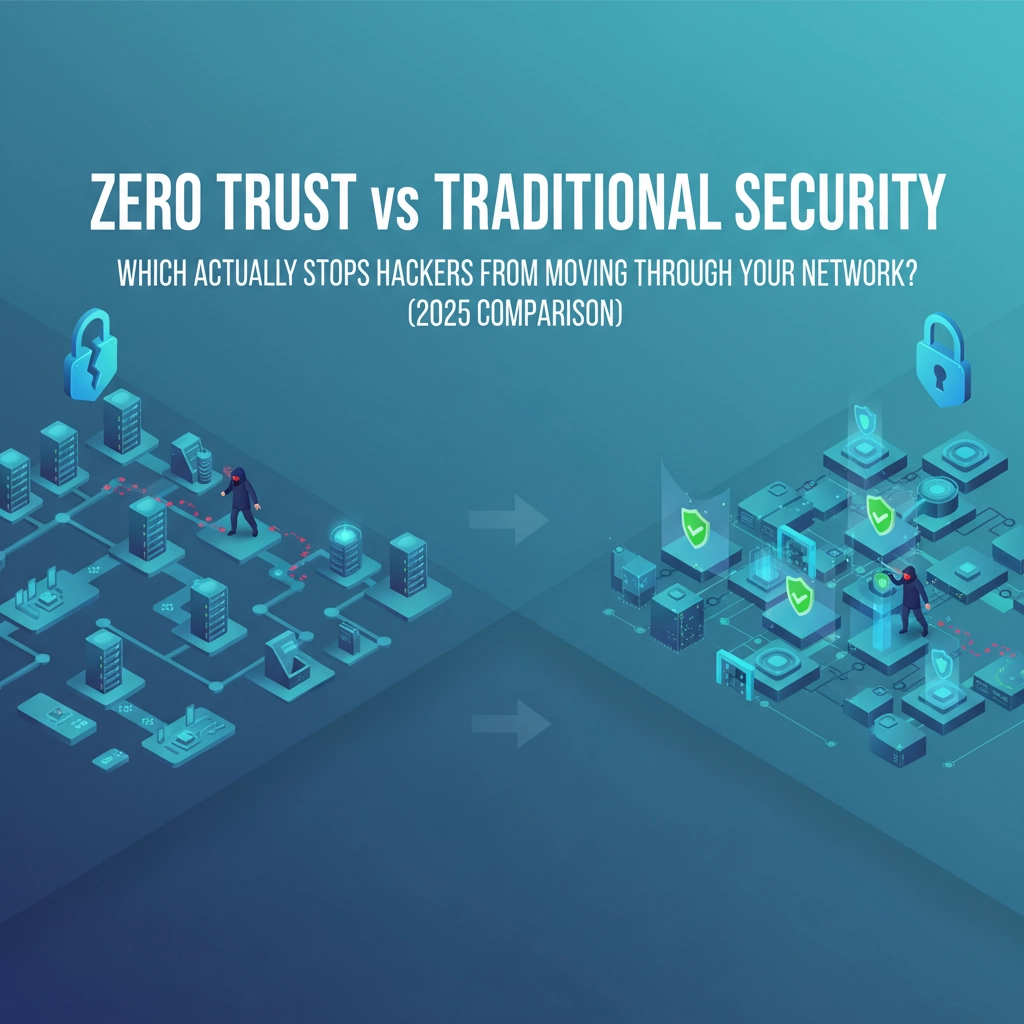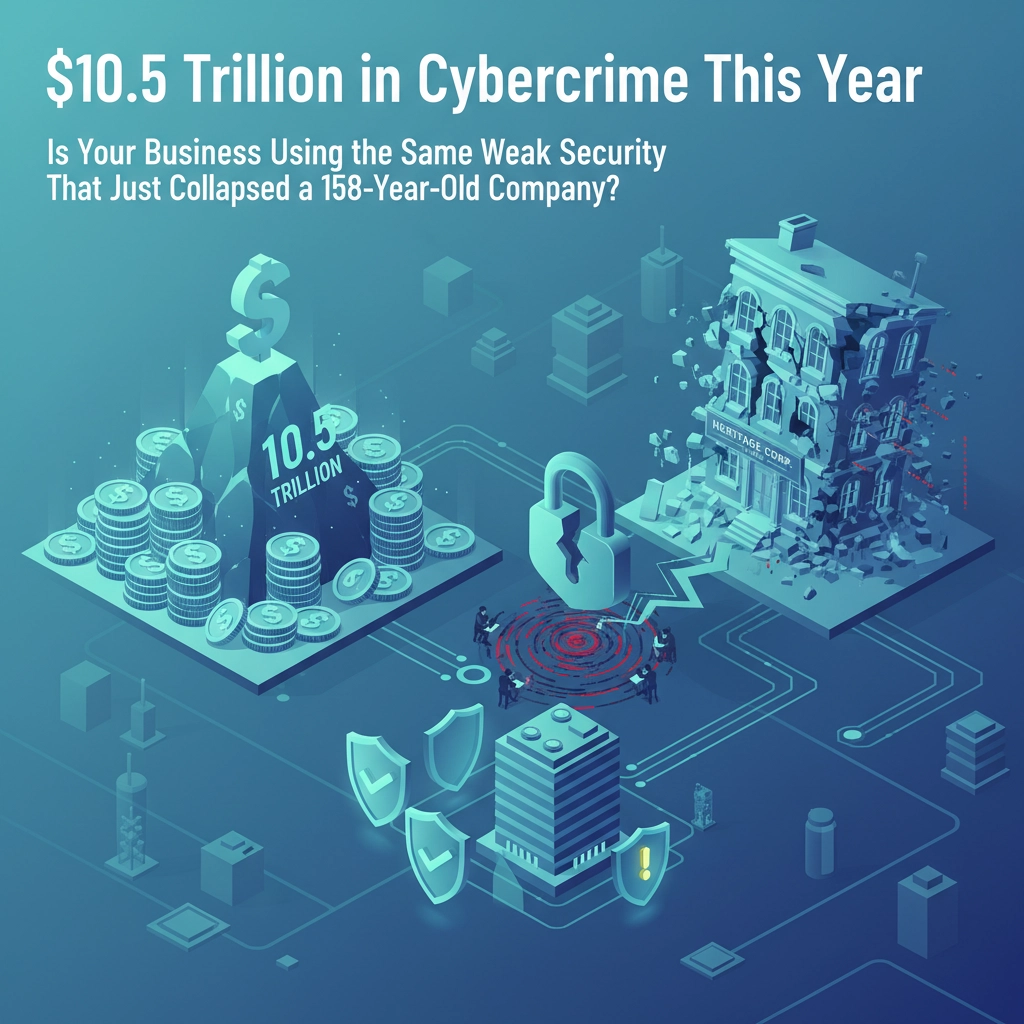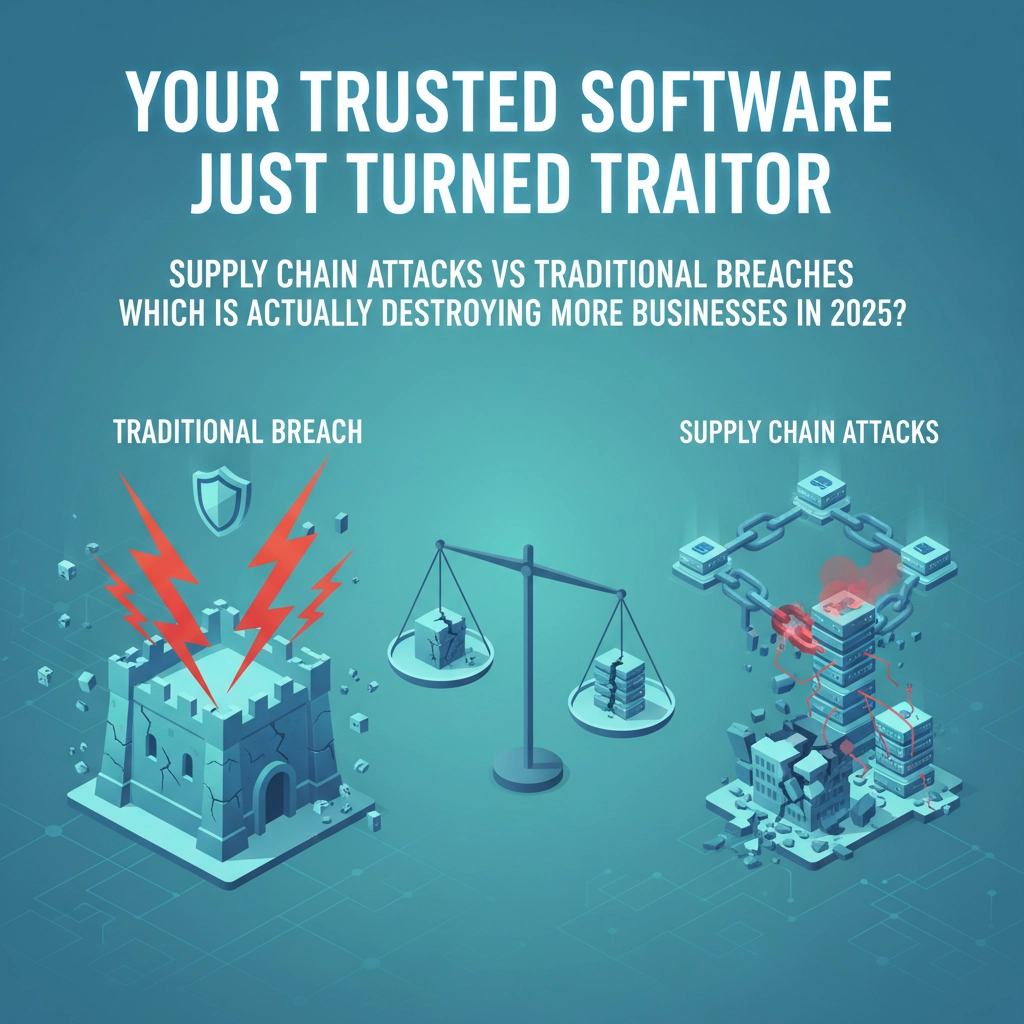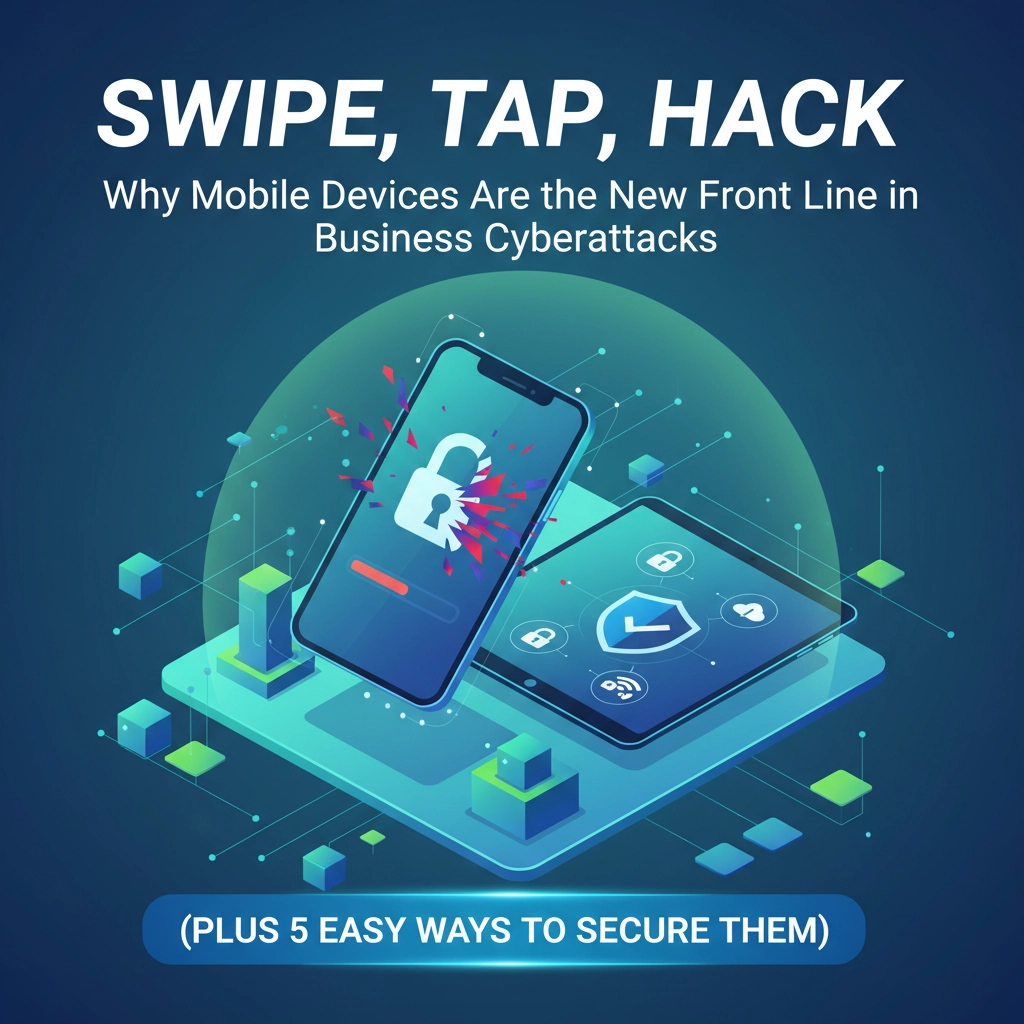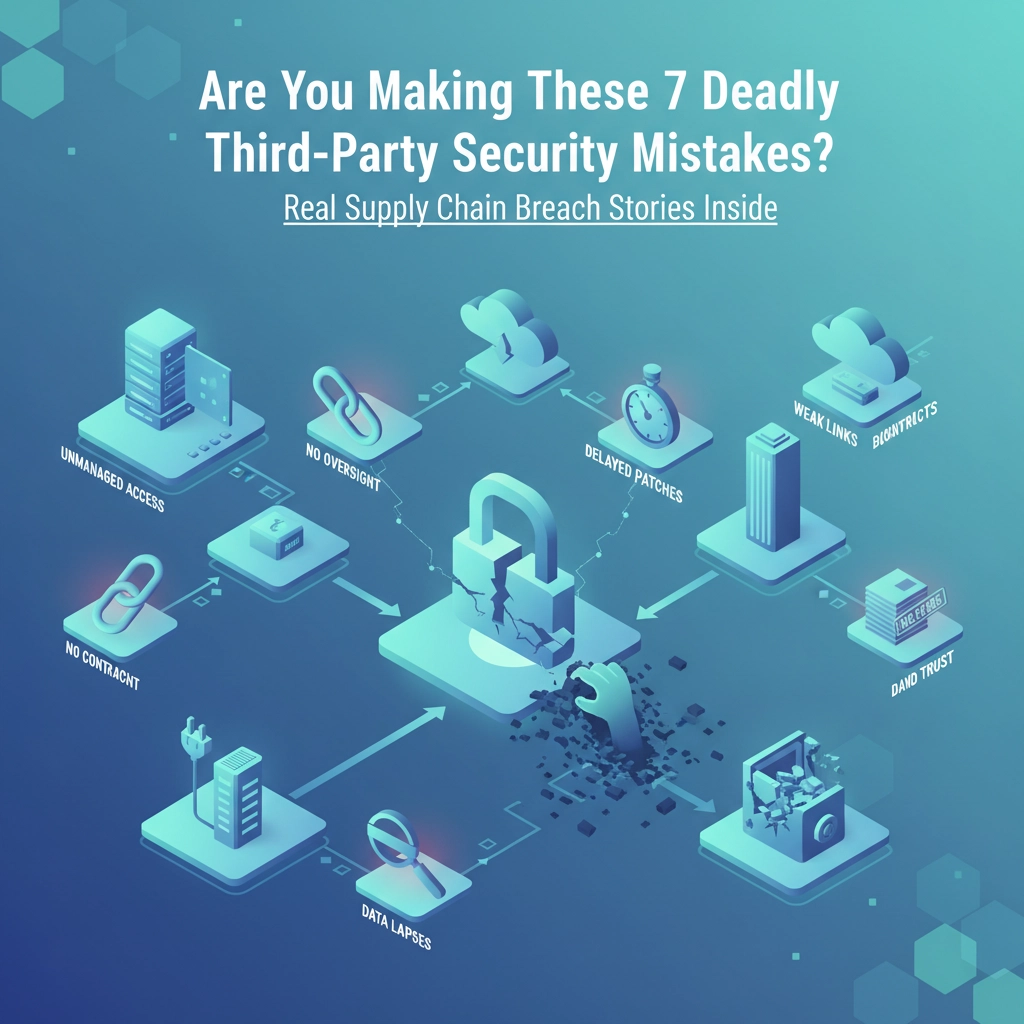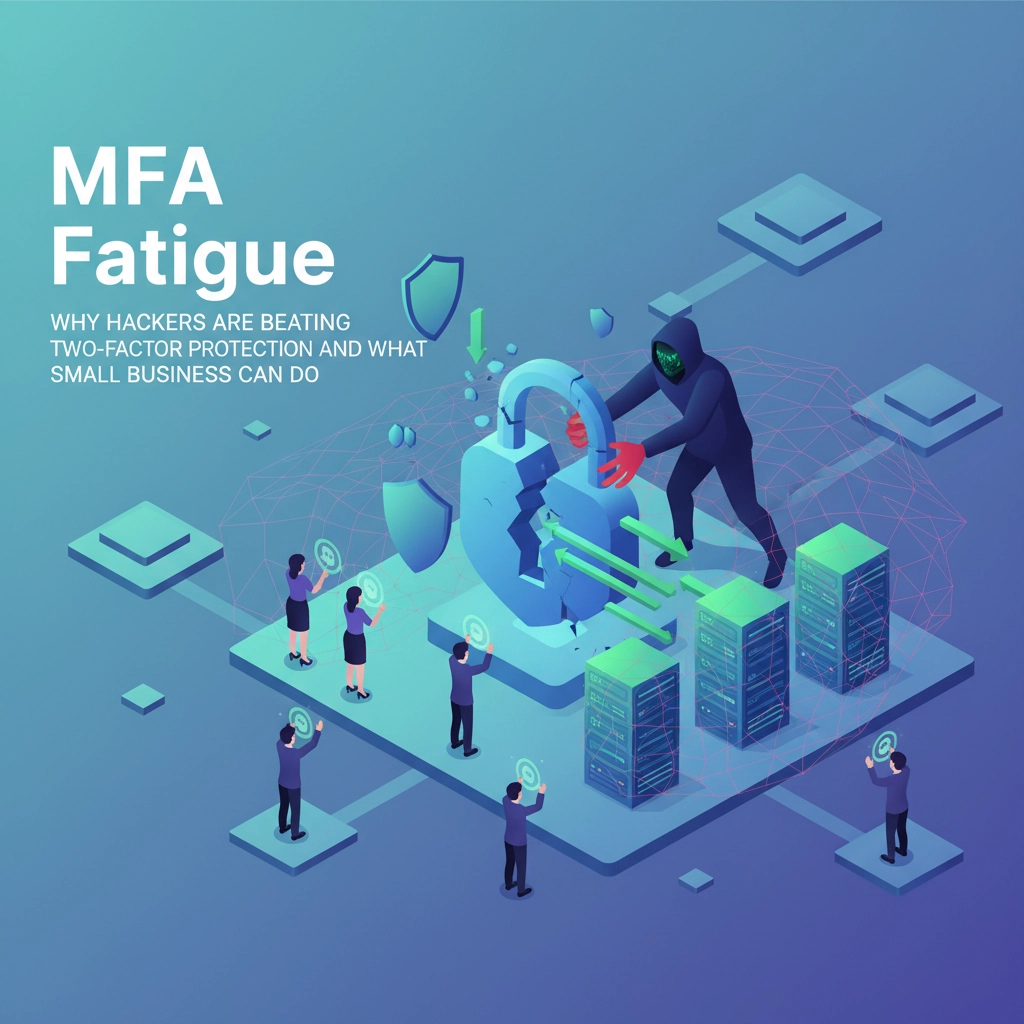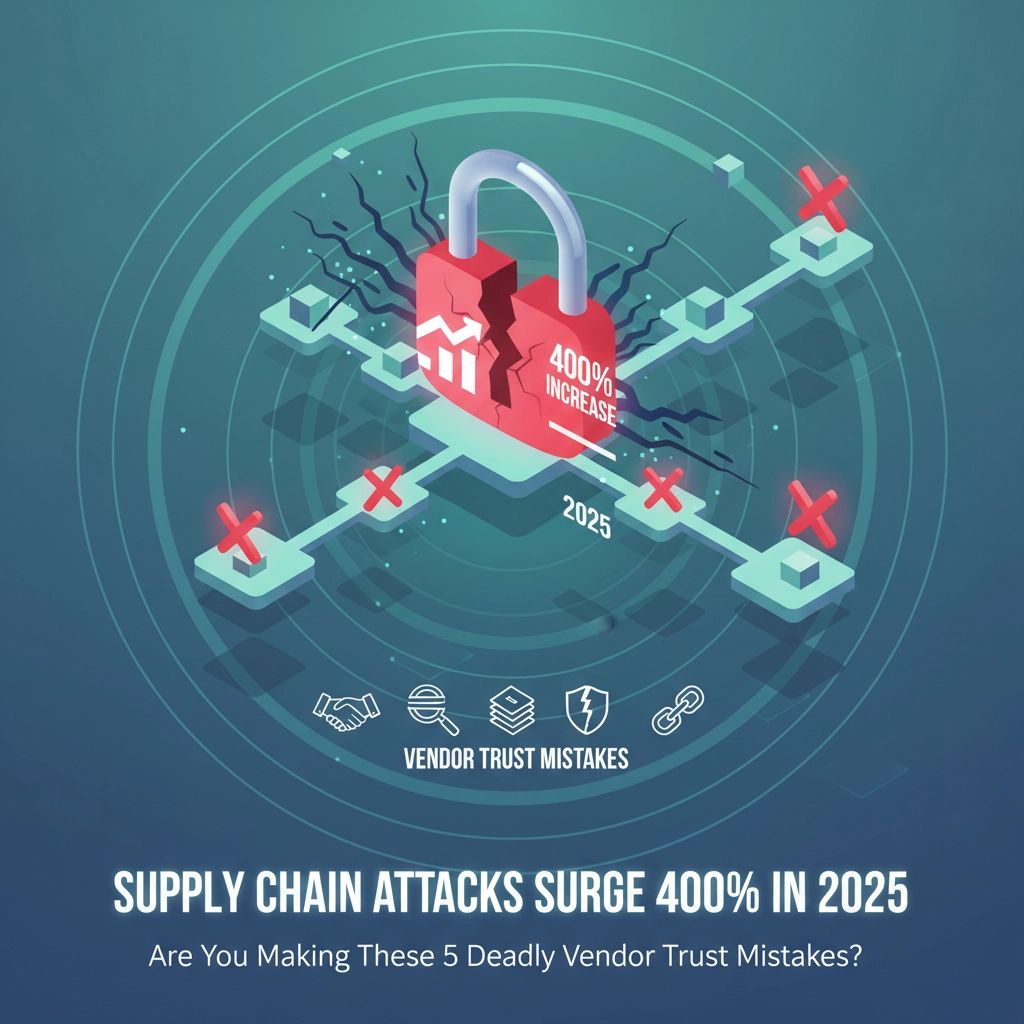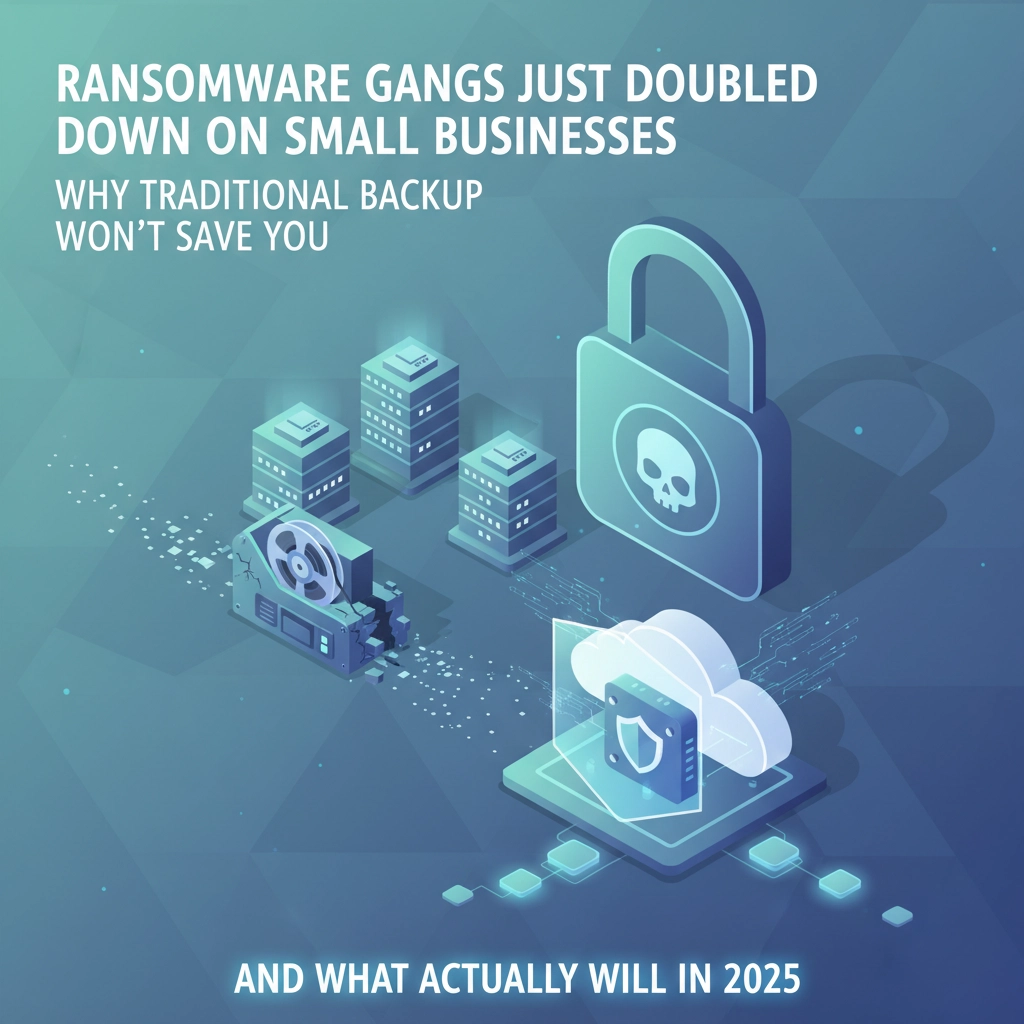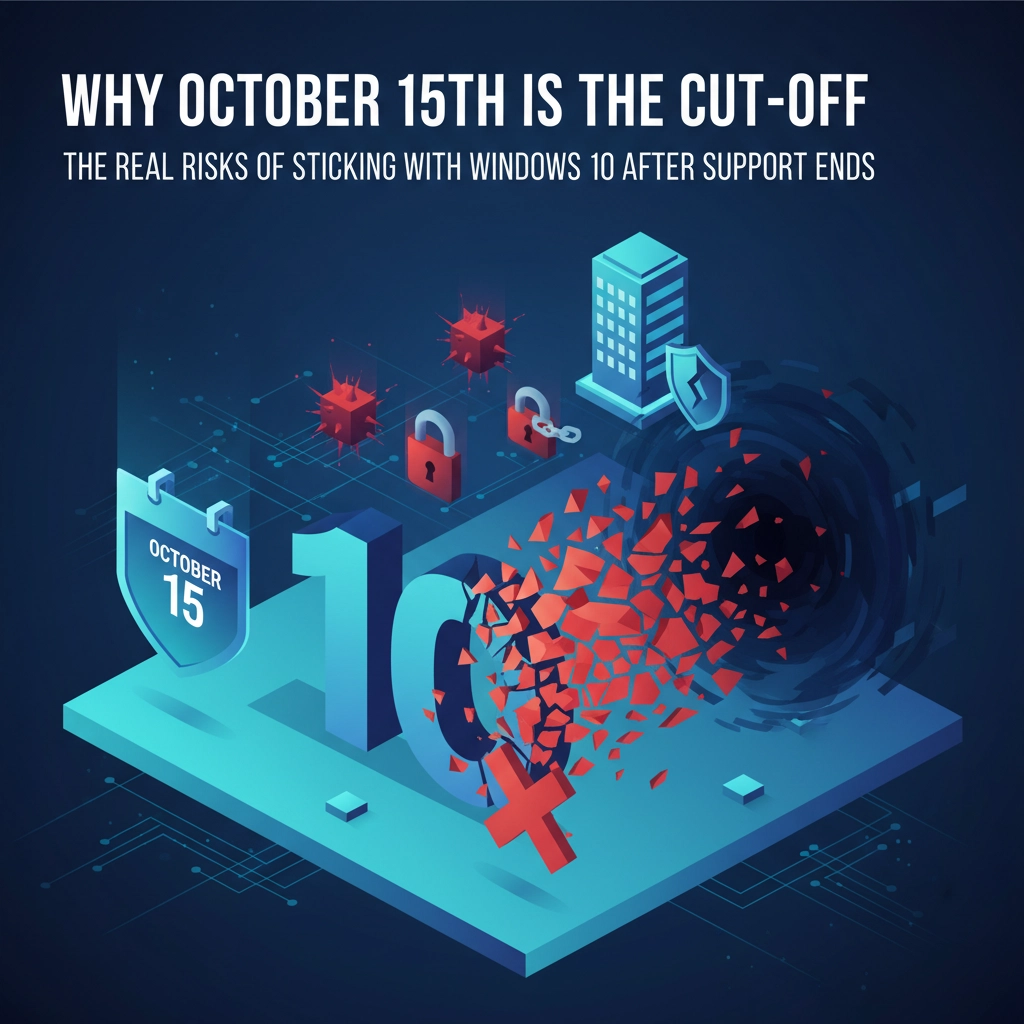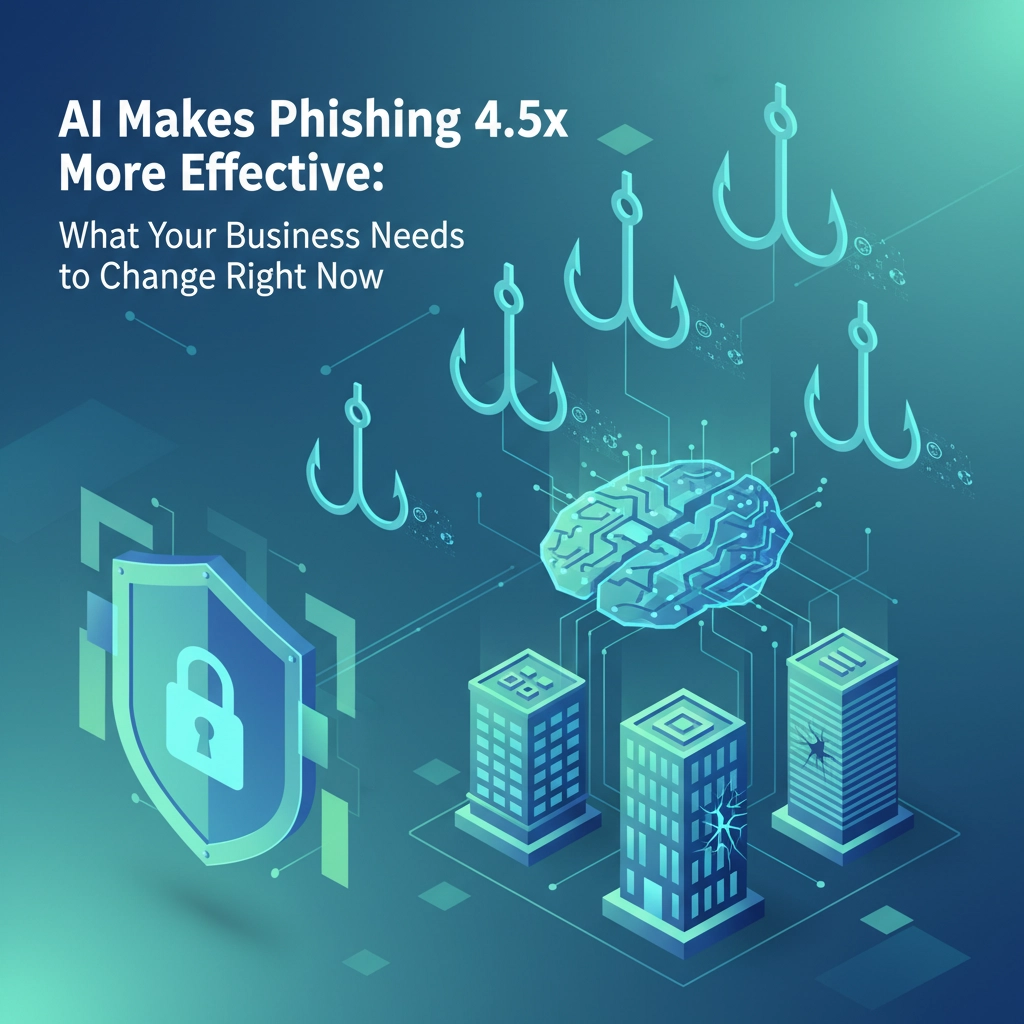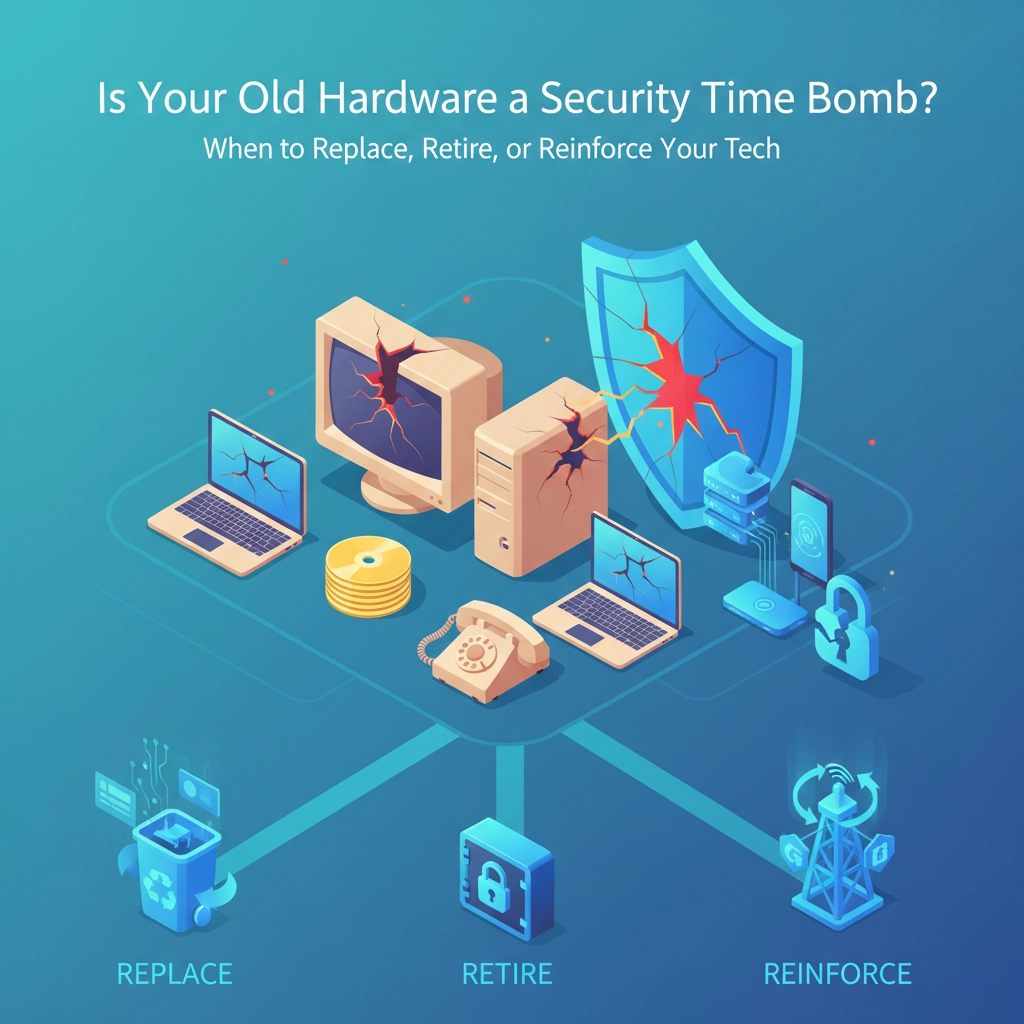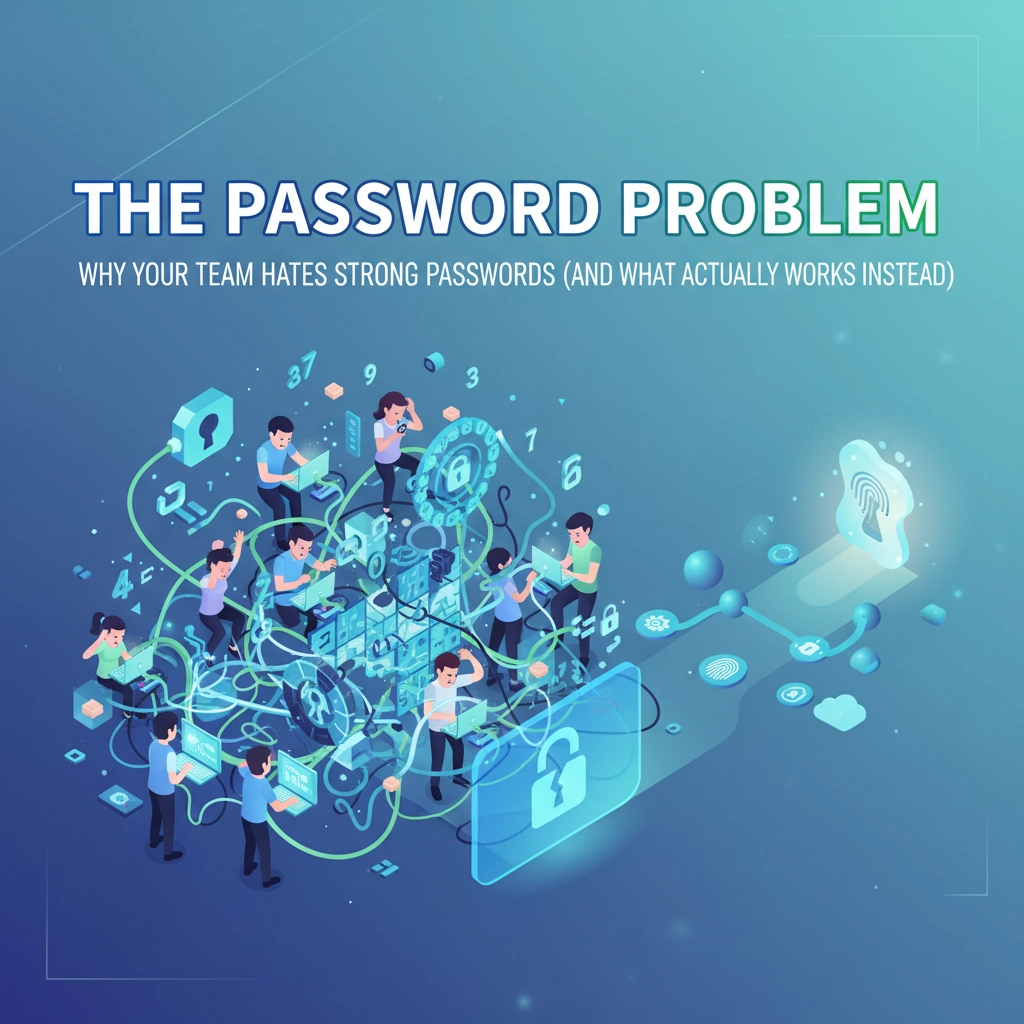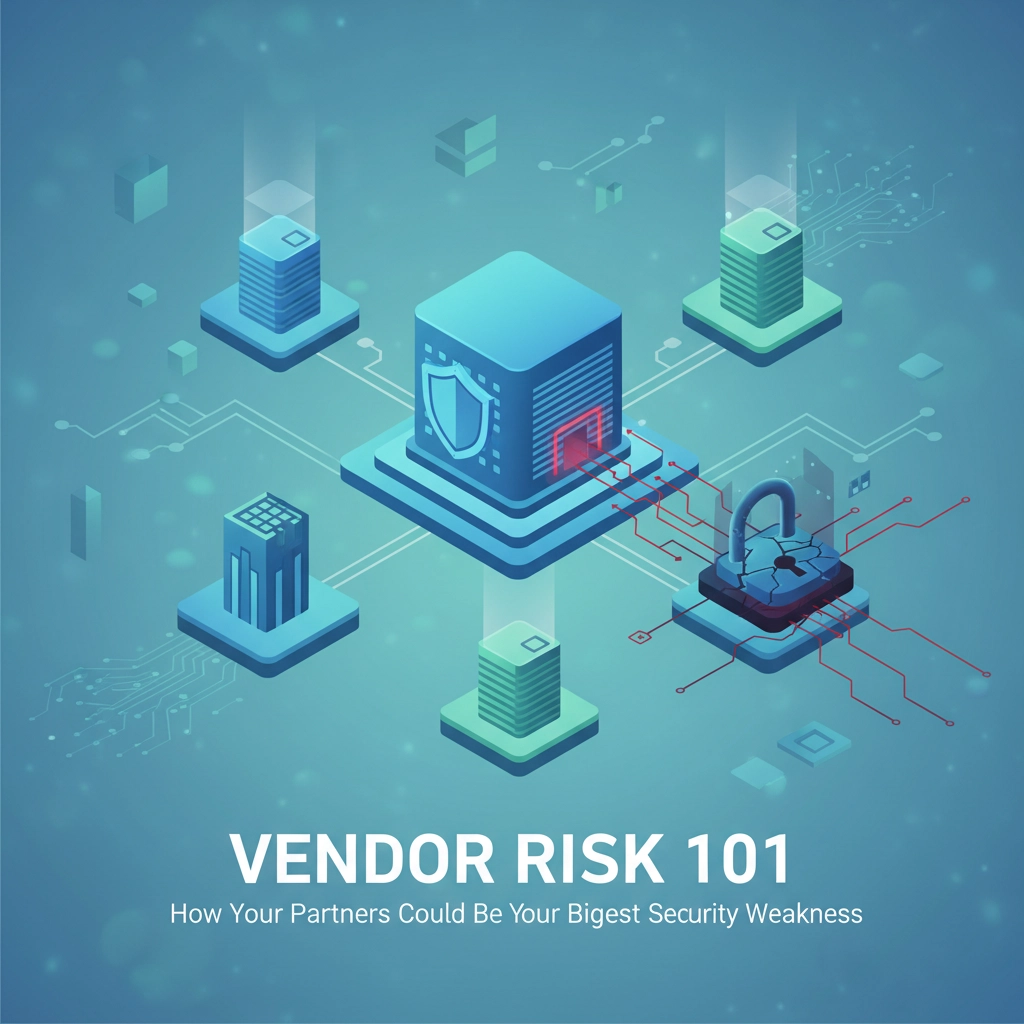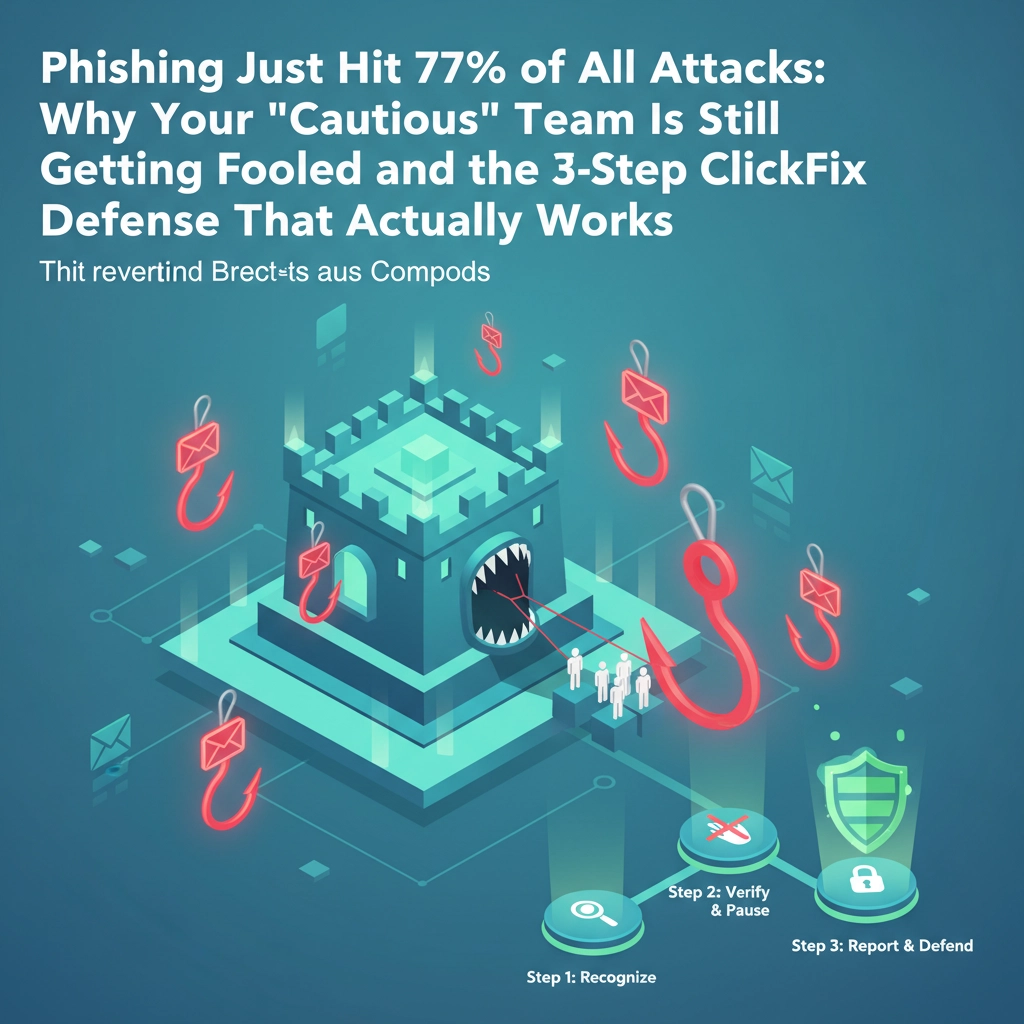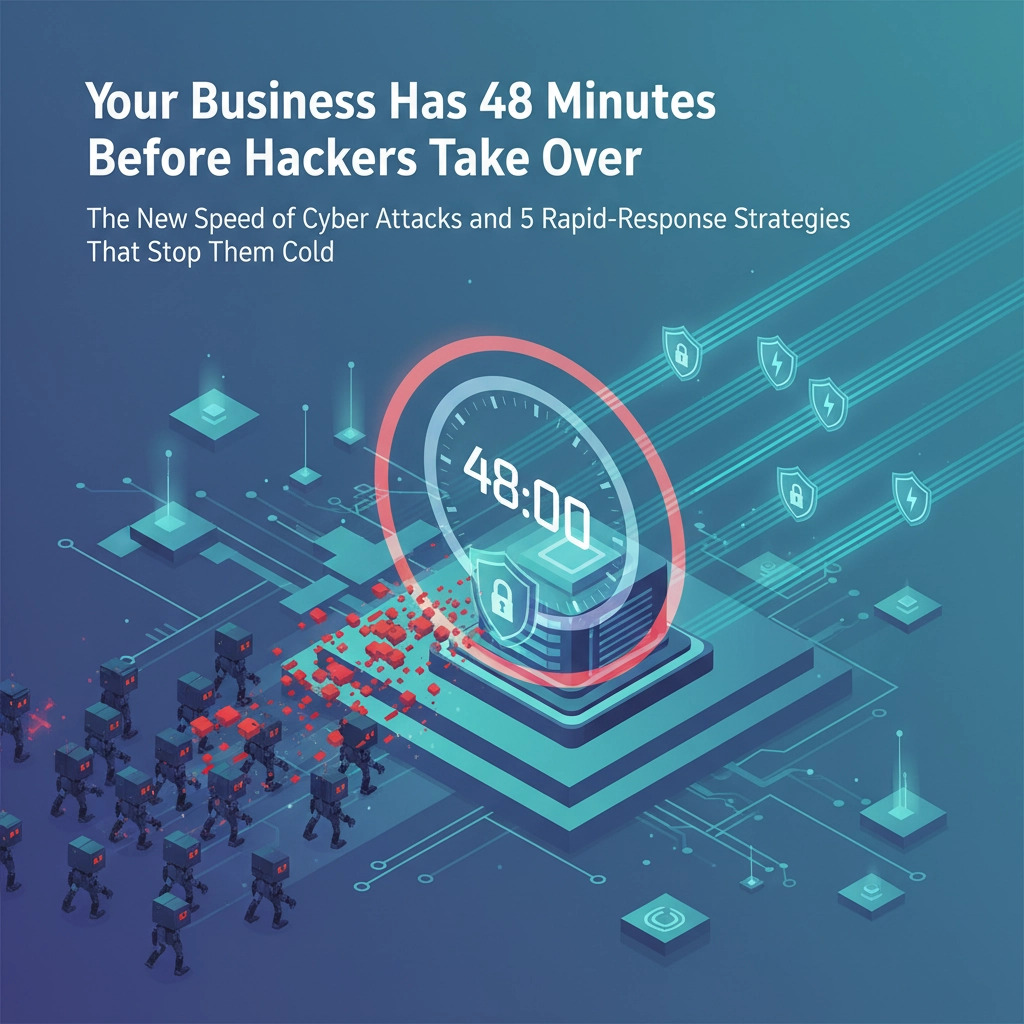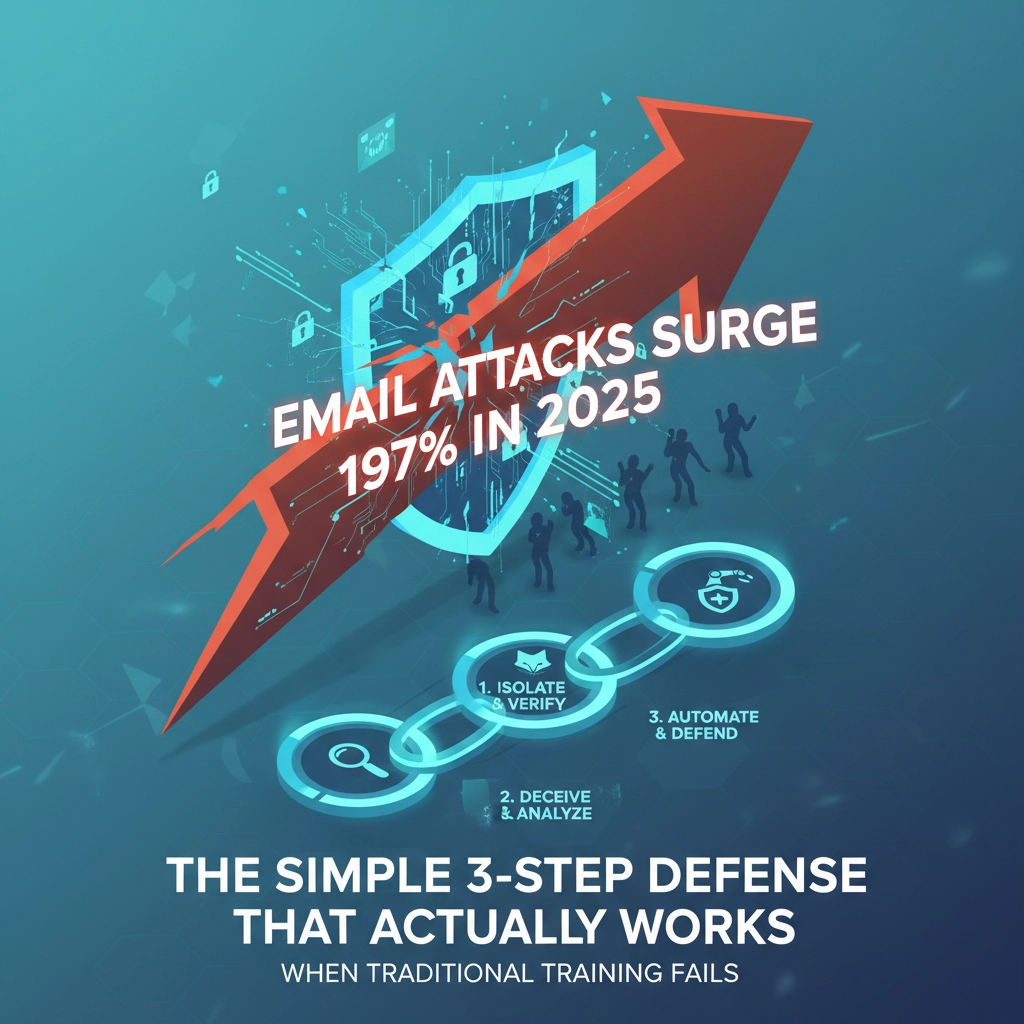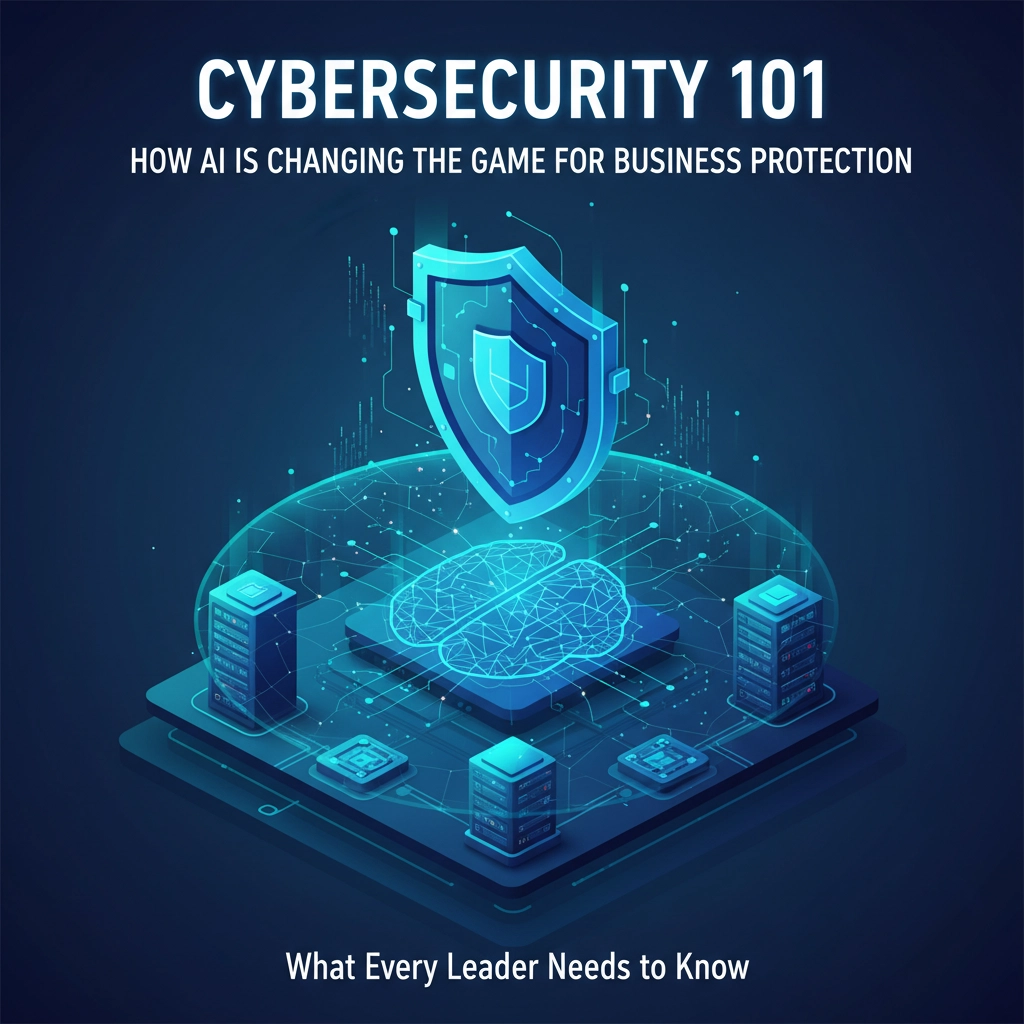Remember when cyber attacks unfolded like slow-motion disasters? When IT teams had days or even weeks to detect, investigate, and respond to threats? Those days are officially over.
Welcome to 2025, where what used to take cybercriminals months to accomplish now happens in a matter of hours. While most businesses are still operating with response times measured in days, attackers have compressed their entire playbook into lightning-fast operations that can devastate a company before lunch.
Here's the sobering reality: the average business takes six days to fully respond to a cyber incident. Meanwhile, modern attackers can complete their mission, stealing data, deploying ransomware, or compromising your entire network, in under two hours.
That's not just a problem. That's a crisis.
The New Speed of Cybercrime
The transformation in attack velocity isn't gradual, it's revolutionary. Cybercriminals have become incredibly sophisticated, developing an intimate understanding of how businesses actually operate. They're no longer bumbling around your network hoping to stumble across something valuable. Instead, they move with surgical precision.

Today's threat actors leverage the same trusted applications your team uses every day. They'll exfiltrate sensitive data through Office 365, Google Drive, or Dropbox, tools your security systems inherently trust. This means traditional alarms don't sound, and by the time you notice something's wrong, they're already long gone with your most valuable assets.
The numbers paint a stark picture. Organizations are now facing an average of 1,984 cyberattacks per week, more than double the 818 attacks reported just four years ago. That's a 58% increase in attack volume in just the last two years alone, with no signs of slowing down.
But volume isn't the only problem. It's the speed that's truly game-changing.
The Critical Two-Hour Window
Here's the metric that should keep every business owner awake at night: breakout time. That's the average time it takes an attacker to move from their initial entry point to spreading throughout your entire network.
Current breakout time? One hour and fifty-eight minutes.
Think about that. In less time than it takes to watch a movie, a cybercriminal can go from compromising a single computer to accessing your financial records, customer data, and core business systems. Once they break out of their initial foothold, containing the damage becomes exponentially more difficult and expensive.
This creates what security experts call the "1/10/60 Challenge", the new gold standard for cyber defense that acknowledges the reality of modern attack speeds.
The 1/10/60 Defense Framework That Actually Works
Forget everything you thought you knew about incident response timelines. The old playbooks assumed you had days to figure things out. The new reality demands responses measured in minutes, not hours.
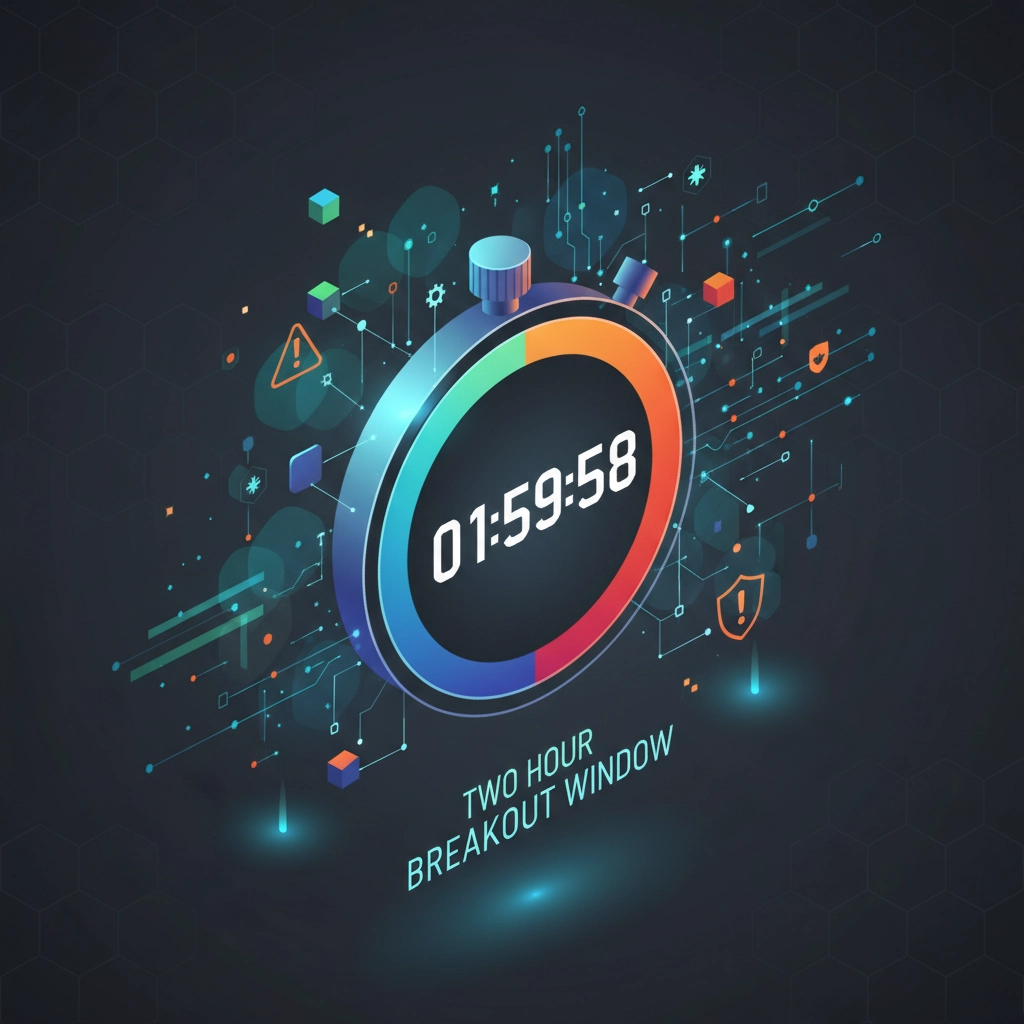
1 Minute to Detect: Your systems need to identify suspicious activity within 60 seconds of it happening. This isn't about having someone constantly watching monitors, it's about having intelligent systems that can spot anomalies in real-time and immediately flag them for attention.
10 Minutes to Investigate: Once an alert triggers, you have ten minutes to understand what you're dealing with. What systems are affected? What type of attack is this? How far has it spread? This investigation phase determines everything that happens next.
60 Minutes to Contain: Armed with understanding, you have one hour to stop the attack in its tracks. This might mean isolating compromised computers, blocking suspicious network traffic, or revoking access credentials. The key is acting faster than the attacker can spread.
For small and medium businesses, this might sound impossible. How can you possibly detect, investigate, and contain threats that quickly without a dedicated security team?
The answer lies in automation and preparation.
Why Traditional Security Approaches Are Failing
Most businesses are still fighting 2020's threats with 2020's playbooks. They rely on antivirus software that looks for known threats, firewalls that block obvious bad actors, and manual processes that assume there's plenty of time to respond.
This approach fails catastrophically against modern threats because:
Response Times Are Mismatched: While you're taking days to respond, attackers are operating in hours. It's like bringing a bicycle to a Formula 1 race.
Detection Methods Are Outdated: Traditional security tools look for known bad signatures. Modern attackers use legitimate tools and "living off the land" techniques that appear normal to these systems.
Manual Processes Create Delays: Every step that requires human intervention adds precious time. When attackers are moving in minutes, manual handoffs measured in hours become fatal delays.

Alert Fatigue Slows Response: Security systems that generate constant false alarms train teams to ignore or slowly process alerts. When a real threat emerges, it gets lost in the noise.
The AI Arms Race
Artificial intelligence has become the great accelerator on both sides of the cybersecurity equation. Criminals are using AI to automate attack development, create more convincing phishing emails, and identify vulnerabilities faster than ever before.
In the first five months of 2025 alone, organizations detected over 12.6 million malicious emails, with 32% containing AI-generated content that's almost indistinguishable from legitimate communications. These aren't the obviously fake "Nigerian prince" emails of the past, they're sophisticated, contextually relevant messages that fool even security-aware employees.
But here's the thing: AI can also dramatically improve your defensive capabilities if you know how to use it.
Making Fast Response Realistic for Your Business
You don't need a Fortune 500 security budget to implement effective rapid response. What you need is the right approach and the right tools working together.
Invest in Automated Detection: Modern endpoint detection and response (EDR) systems can monitor every device in your network 24/7, automatically flagging suspicious behavior the moment it happens. These systems learn what normal looks like for your business and immediately alert you to deviations.
Create Response Playbooks: Before an incident happens, document exactly what steps to take for different types of attacks. When seconds count, you don't want to be figuring out procedures on the fly.
Enable Automated Response: Many security tools can take immediate containment actions without human intervention, isolating infected machines, blocking suspicious websites, or disabling compromised user accounts. This automation can happen in seconds, not minutes or hours.
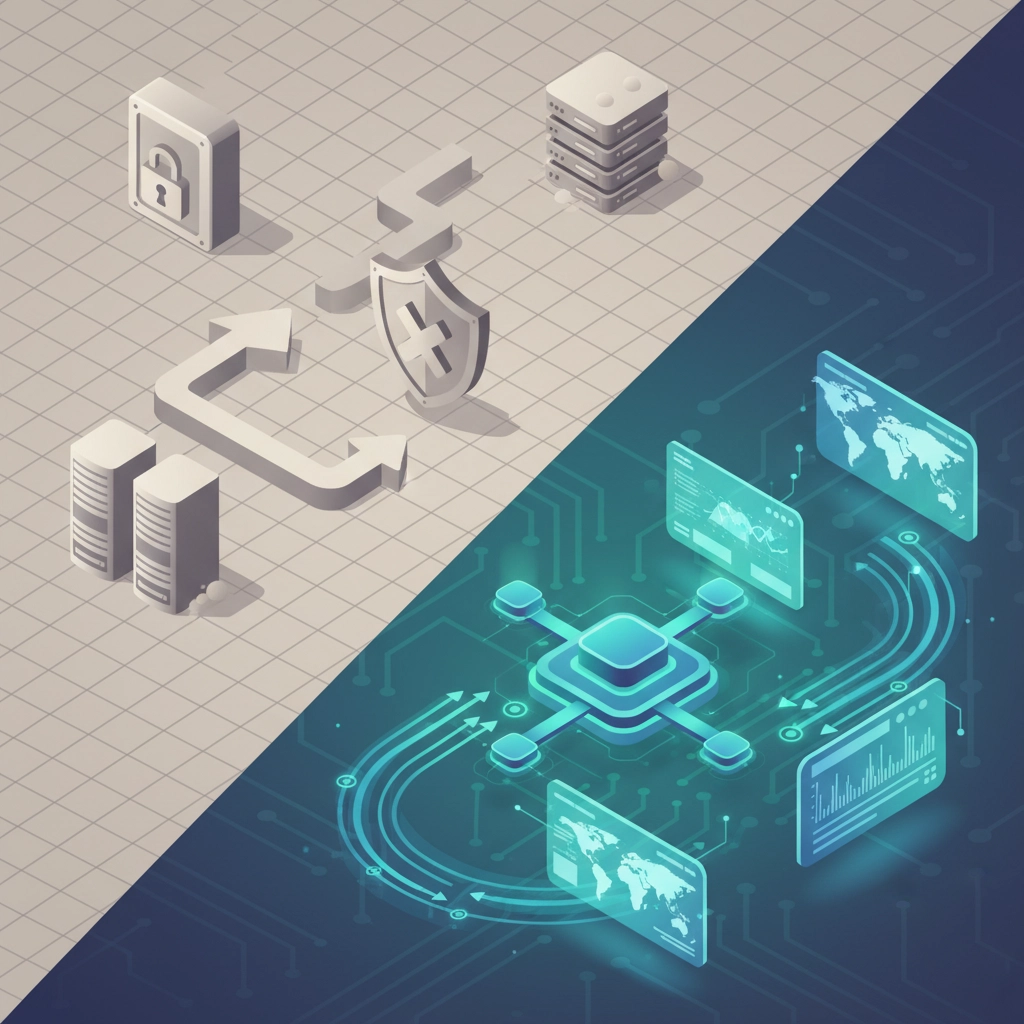
Practice Your Response: Regular tabletop exercises help your team develop the muscle memory needed to execute rapidly under pressure. The first time you face a real incident shouldn't be the first time you test your procedures.
Get Expert Backup: Managed security service providers can monitor your systems around the clock and provide immediate response capabilities that most small businesses can't maintain in-house.
The Business Impact of Speed
When you can detect and contain threats within the critical two-hour window, the difference in business impact is dramatic. Quick containment means:
- Minimal data exposure and lower breach costs
- Reduced downtime and business disruption
- Lower cyber insurance premiums due to demonstrated security capabilities
- Maintained customer trust and regulatory compliance
Companies that fail to adapt to the new speed requirements face escalating costs. The average data breach now costs $4.88 million, but that number skyrockets when detection and containment take days instead of hours.
Your Next Steps
The cybersecurity landscape has fundamentally shifted, and there's no going back to the slower pace of the past. The question isn't whether you'll face a sophisticated, fast-moving attack, it's whether you'll be ready when it happens.
Start by assessing your current detection and response capabilities. Can you identify suspicious activity within minutes? Do you have automated tools that can take immediate containment actions? Are your team members prepared to execute rapid response procedures under pressure?
If the honest answer is no, you're operating with obsolete defenses in a high-speed threat environment.
Don't let your business become another statistic in the growing list of organizations that discovered too late that their security approach couldn't keep pace with modern threats. The attacks are only getting faster, but with the right preparation and tools, your defense can be faster still.
Ready to upgrade your cybersecurity to match the speed of modern threats? Contact B&R Computers today to discuss how we can help you implement rapid detection and response capabilities that actually work in 2025's threat landscape.

